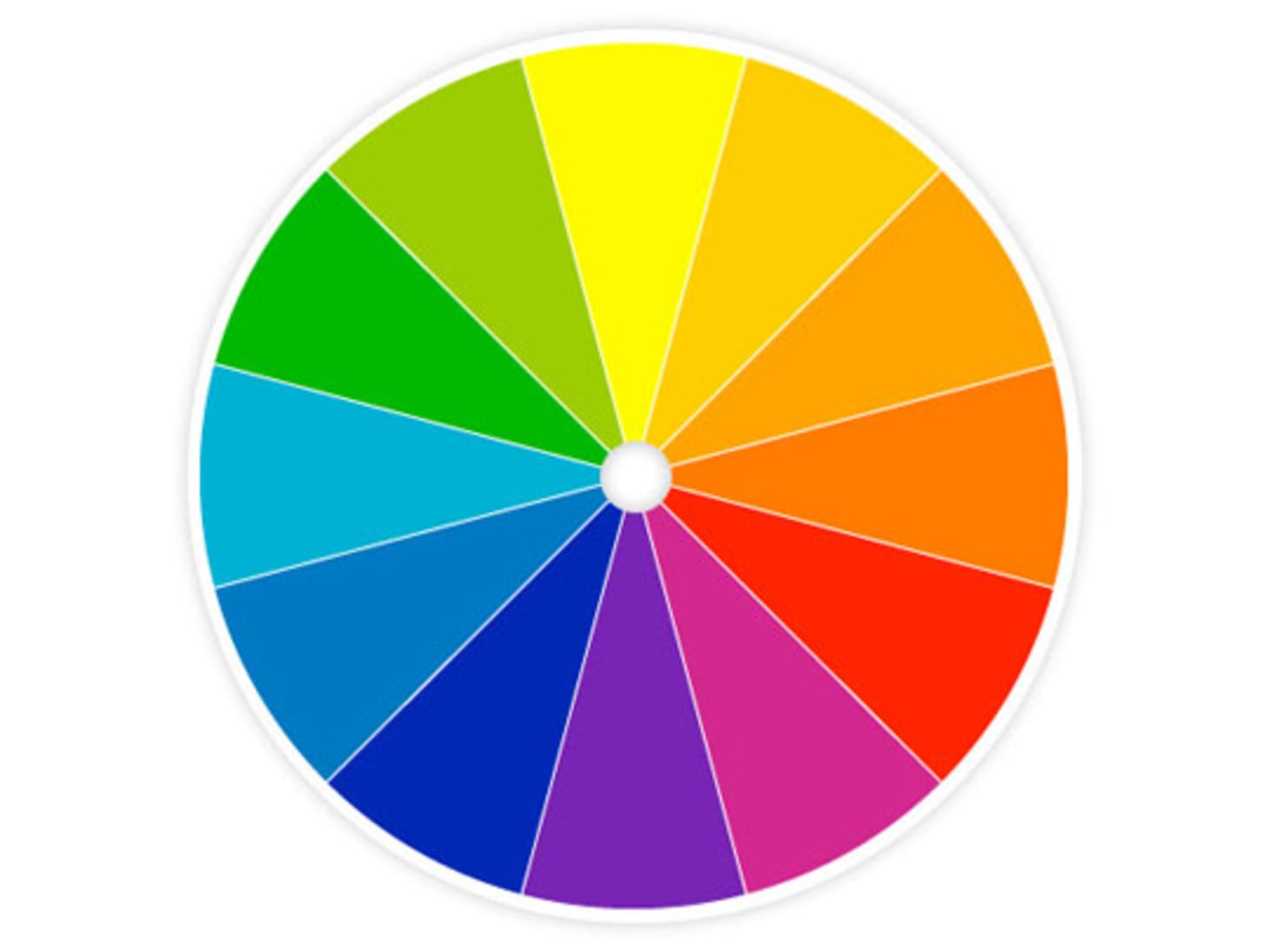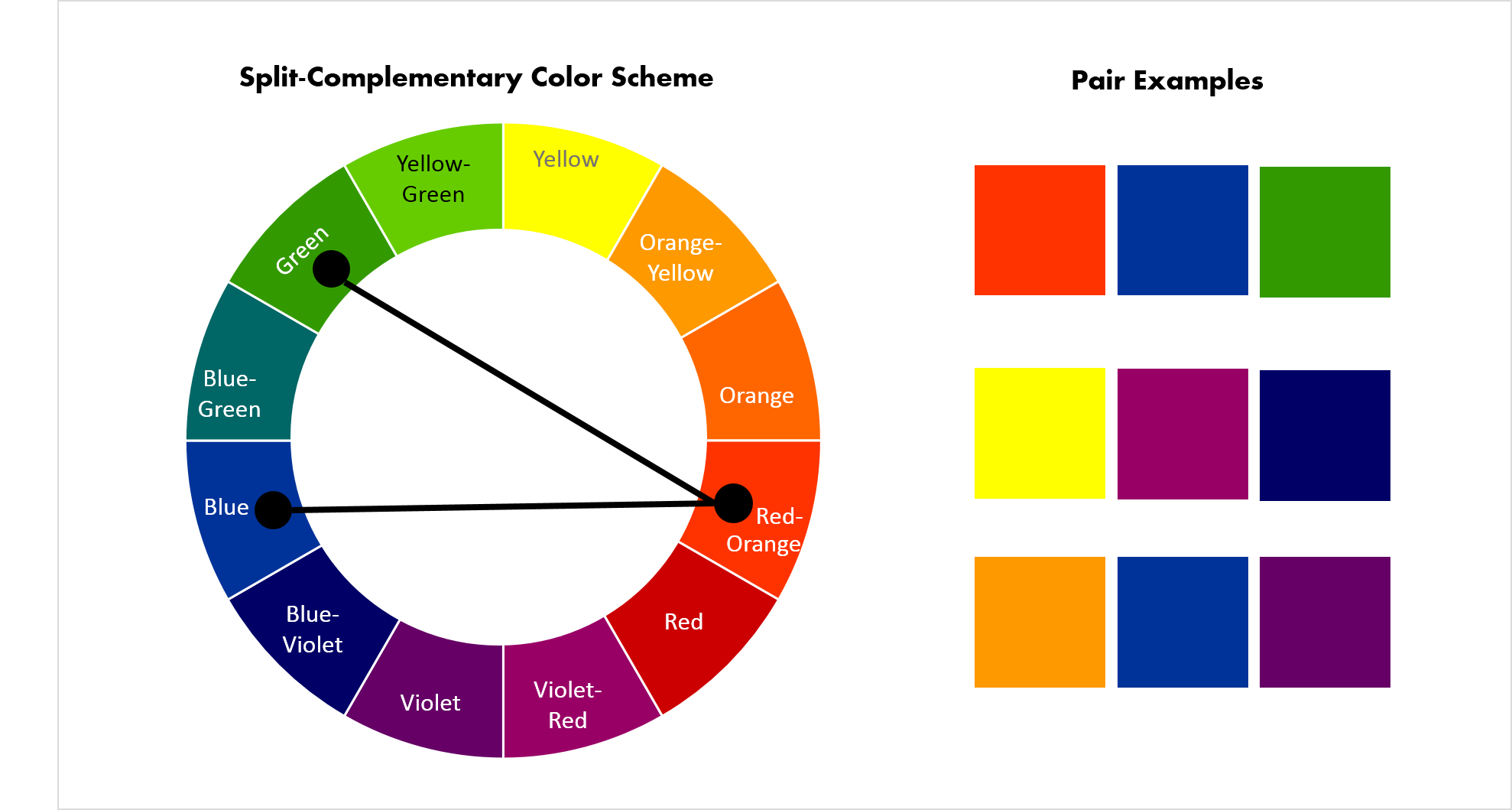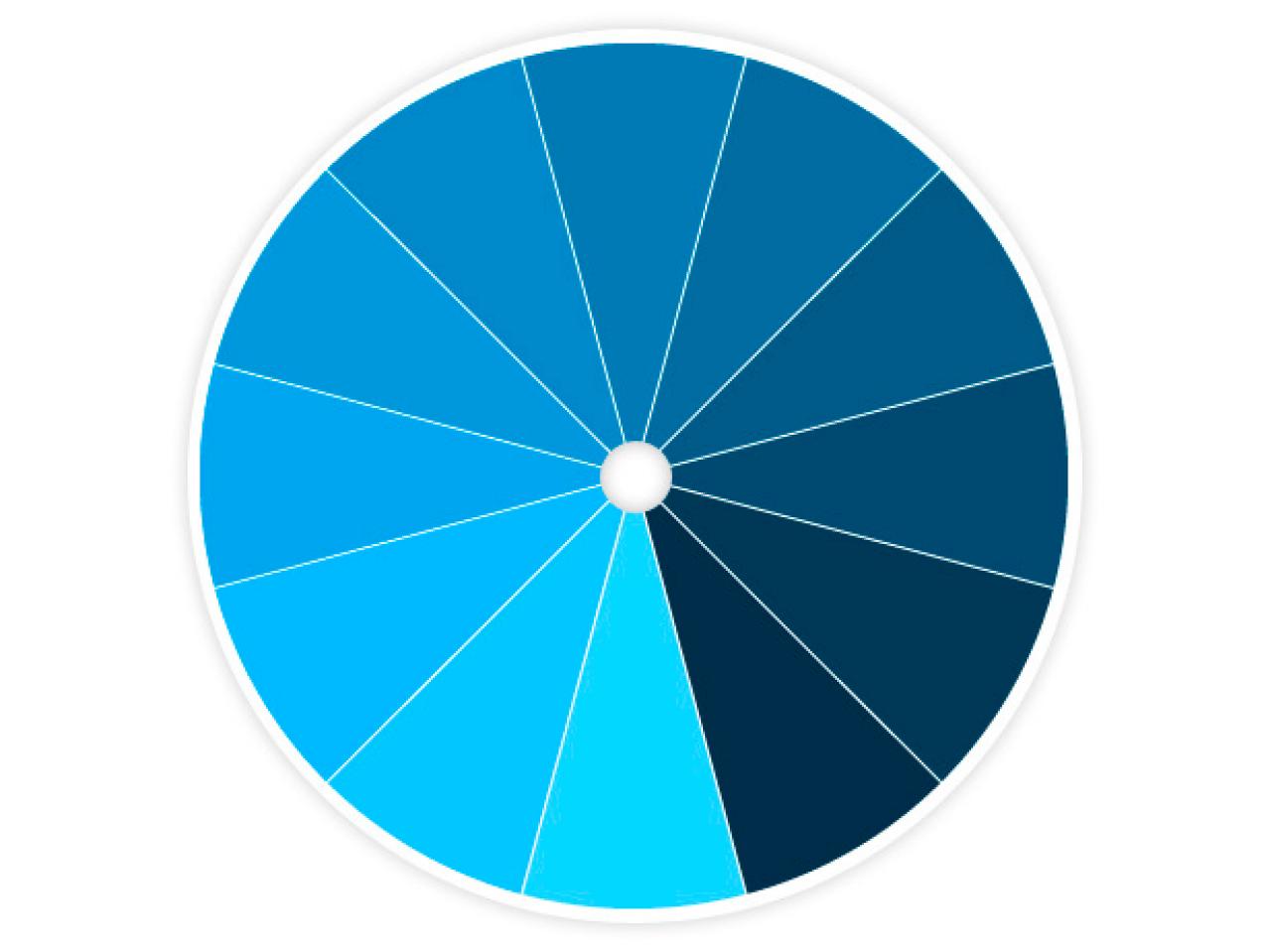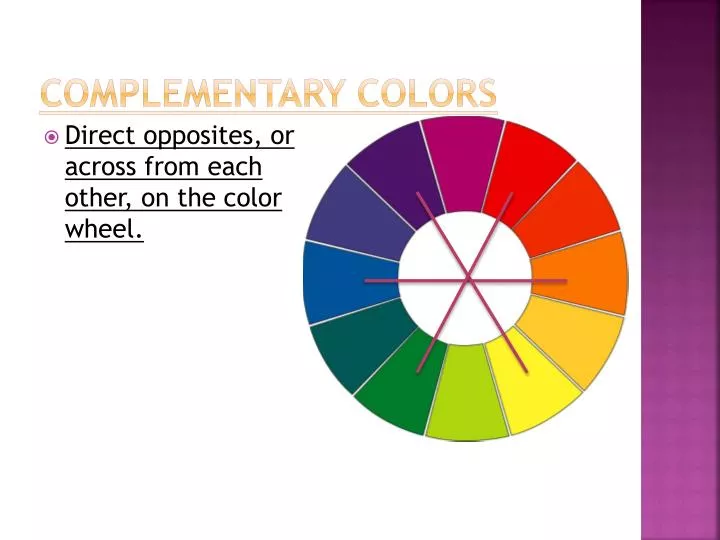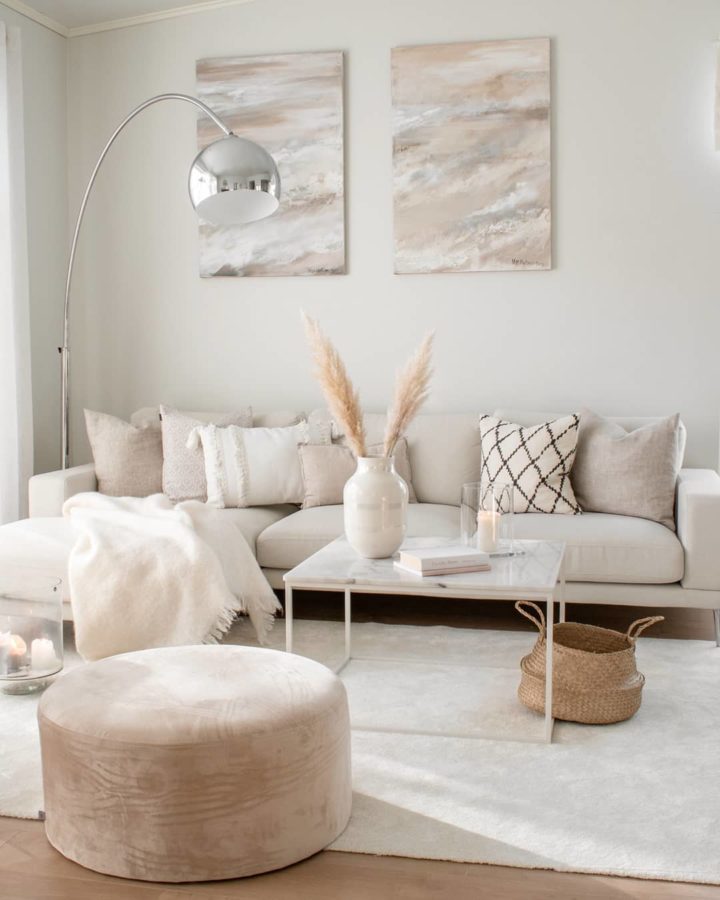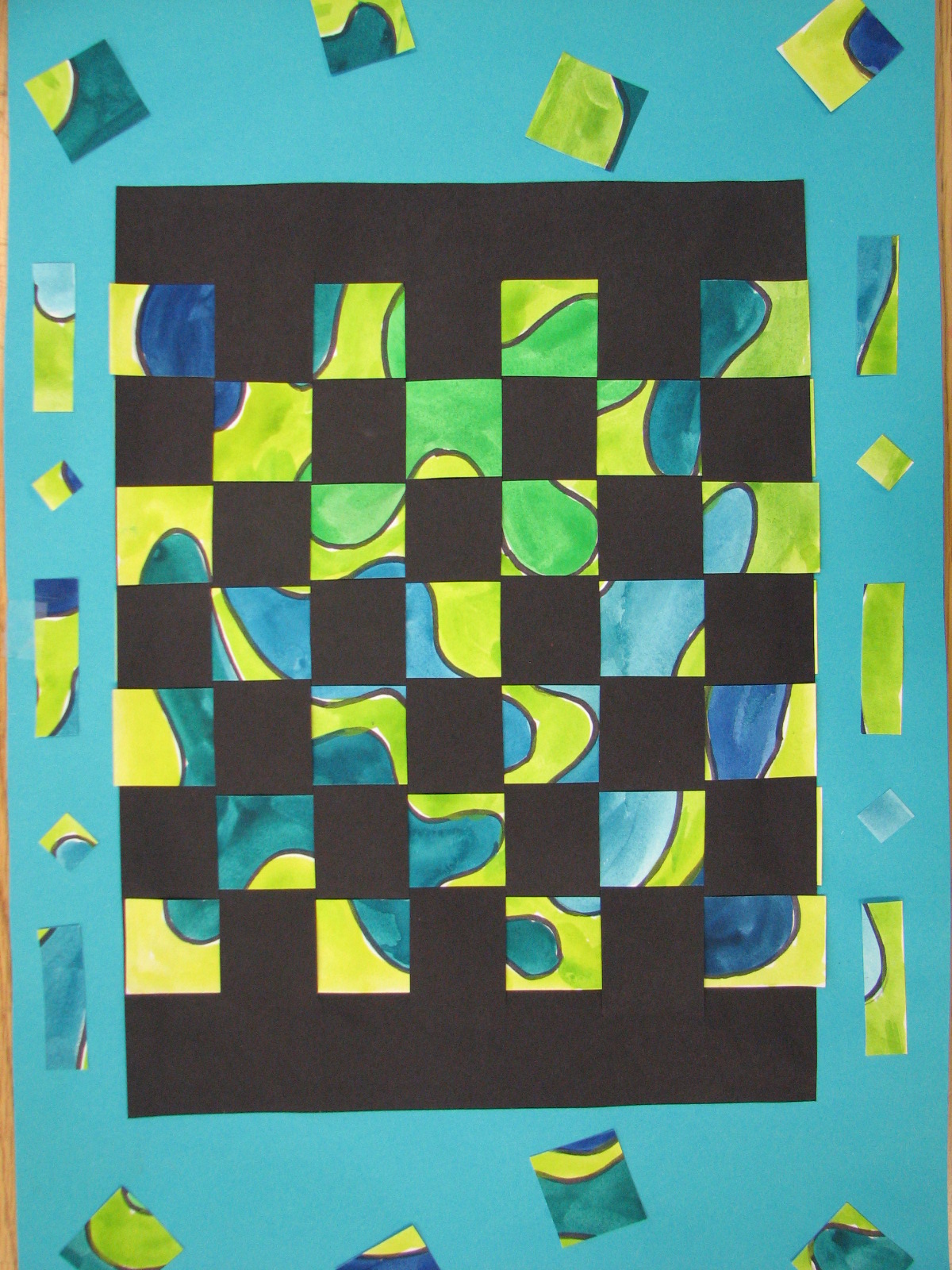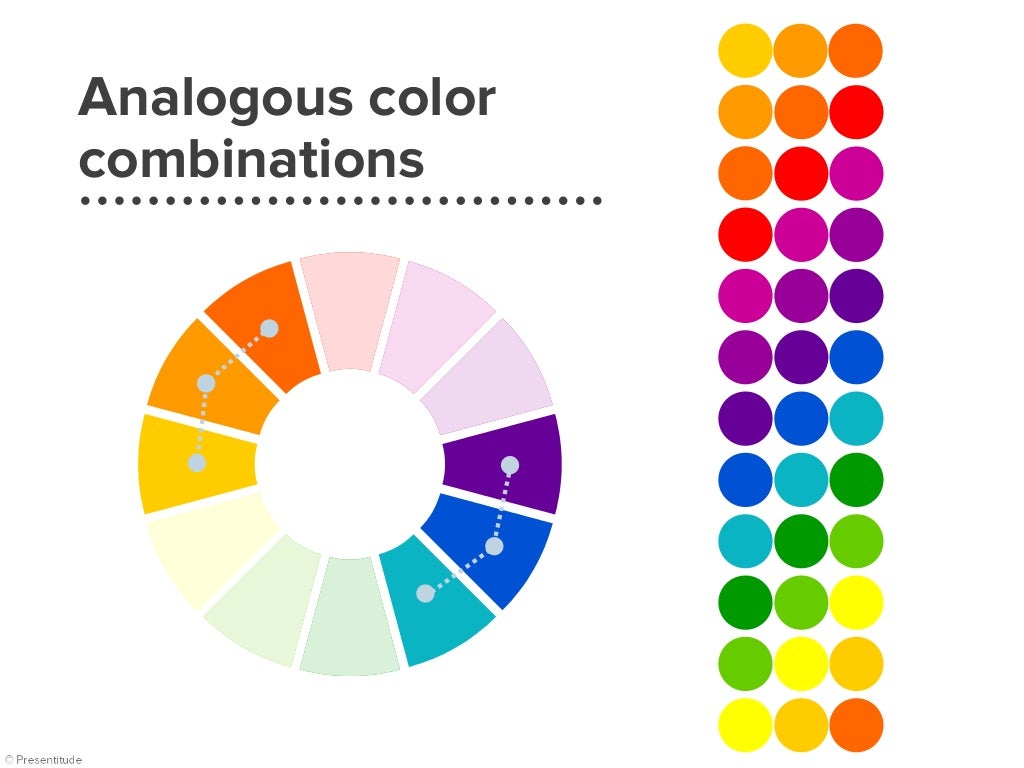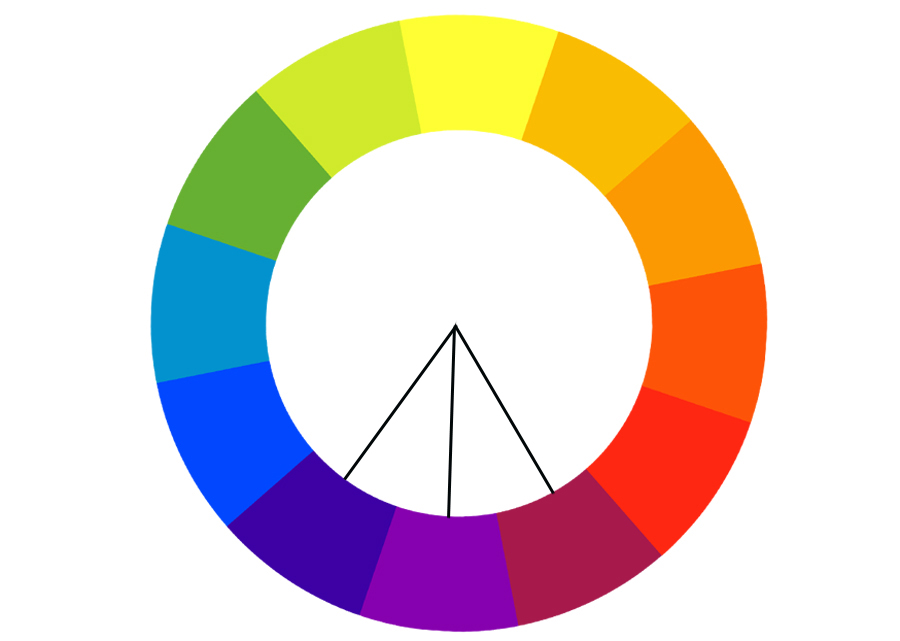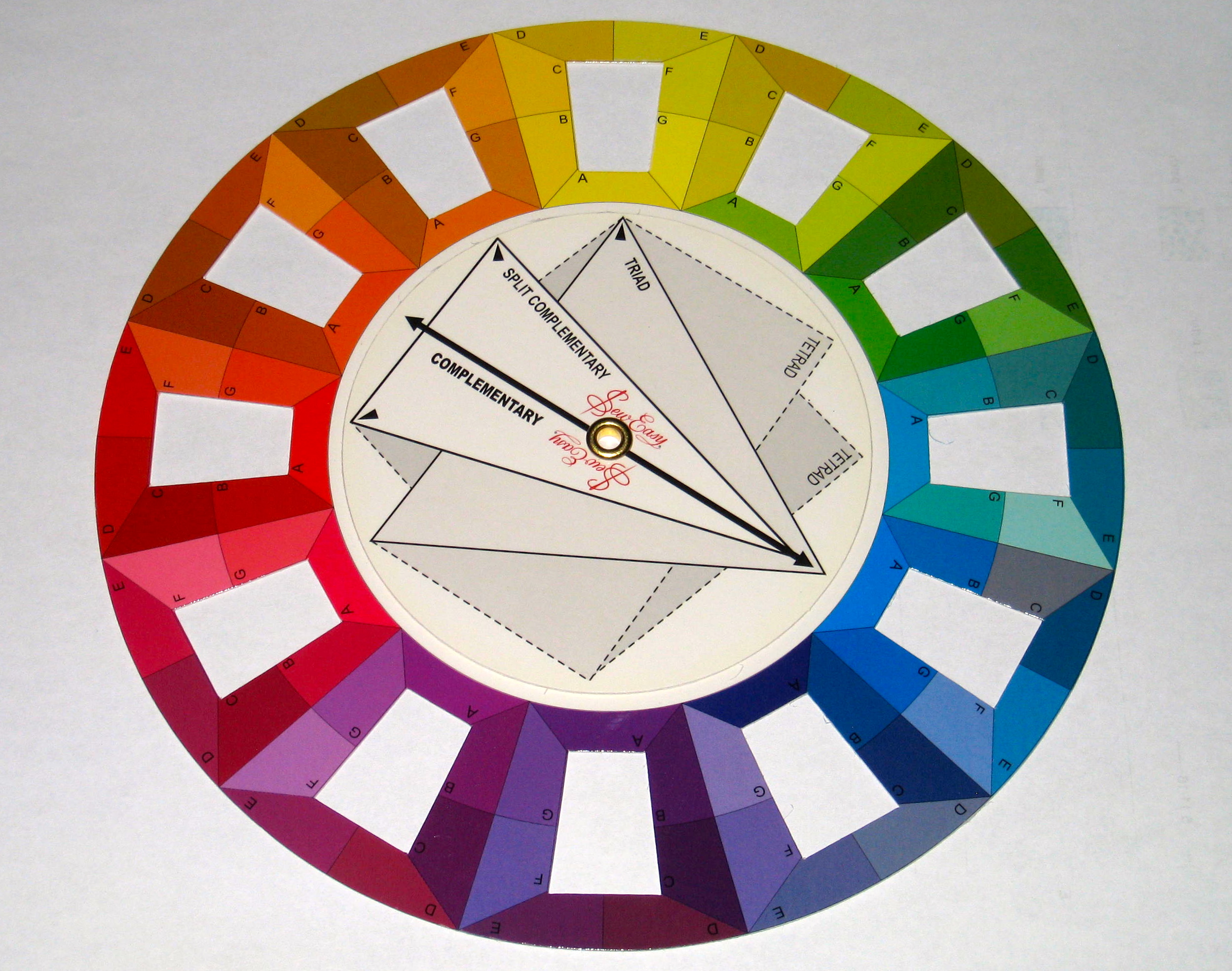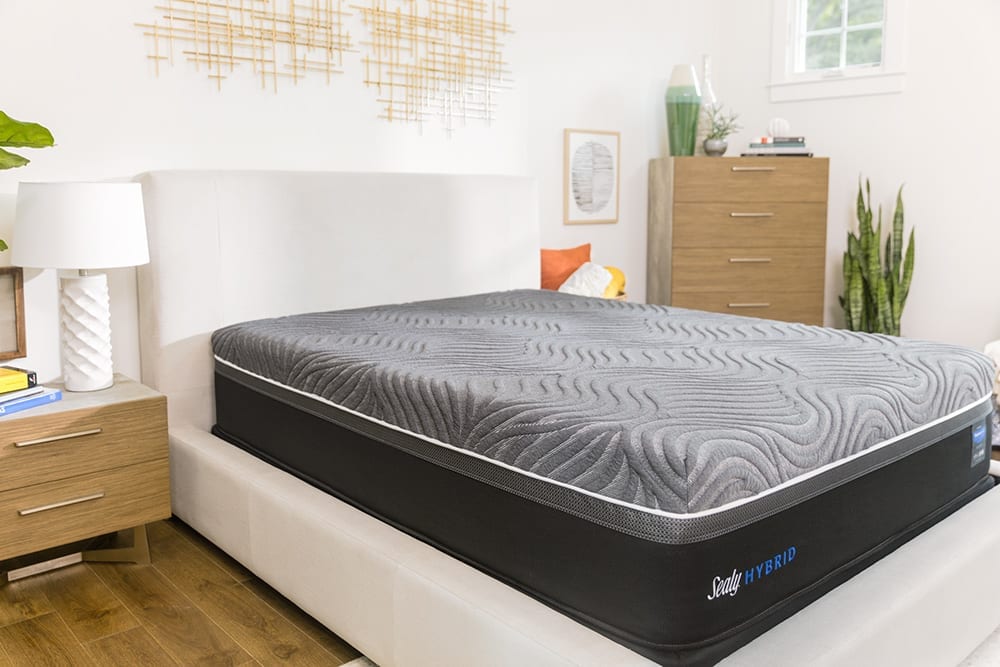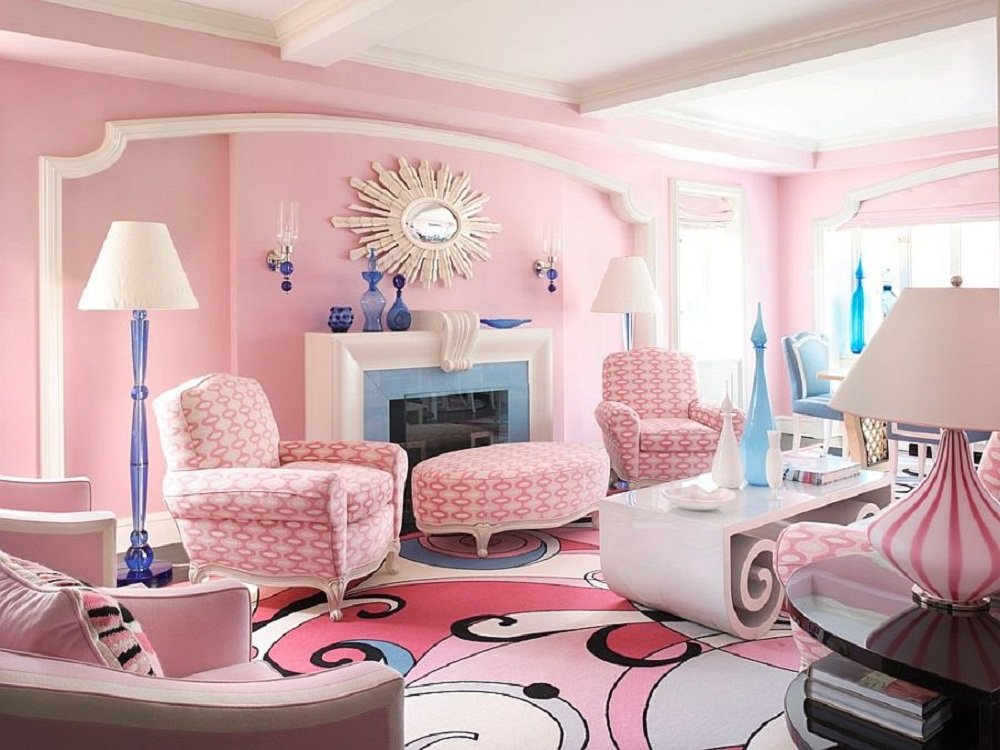Neutral colors are a popular choice for living rooms as they provide a versatile and timeless look. Shades such as beige, gray, and white are considered neutral and can easily be paired with other colors and decor styles. These colors are also great for creating a sense of calm and relaxation in the living room.Neutral Colors
Warm colors, such as red, orange, and yellow, are known for creating a cozy and inviting atmosphere in the living room. These colors are perfect for rooms that lack natural light as they can brighten up the space and make it feel warm and welcoming. When using warm colors in the living room, it's important to balance them out with neutral or cool tones to avoid an overwhelming look.Warm Colors
Cool colors, such as blue, green, and purple, are known for creating a calming and soothing atmosphere in the living room. These colors are perfect for rooms that receive a lot of natural light as they can help balance out the brightness and create a relaxing environment. When using cool colors in the living room, it's important to add warm accents to prevent the space from feeling too cold.Cool Colors
Earth tones, such as browns, greens, and muted yellows, are a popular choice for living rooms that want to bring a touch of nature indoors. These colors are inspired by the colors found in the natural world and can create a warm and inviting atmosphere in the living room. Earth tones are also great for creating a sense of harmony and balance in the space.Earth Tones
Light shades, such as pastel pinks, blues, and greens, are a perfect choice for living rooms that want to add a touch of color without being too overpowering. These colors are great for creating a soft and airy feel in the living room and can help make the space feel bigger and brighter. Light shades are also great for creating a feminine and playful vibe in the room.Light Shades
Dark hues, such as navy blue, deep green, and rich burgundy, are a bold and dramatic choice for living rooms. These colors can create a luxurious and sophisticated atmosphere in the space and are perfect for creating a focal point or accent wall. When using dark hues in the living room, it's important to balance them out with lighter colors to prevent the space from feeling too heavy.Dark Hues
Accent colors are a great way to add a pop of color to the living room and make a statement. These colors can be bold and vibrant, such as bright yellow or hot pink, or they can be more subdued, such as a deep emerald green or navy blue. Accent colors are perfect for adding personality and character to the living room and can be easily changed or updated to keep up with trends.Accent Colors
A monochromatic color palette involves using different shades and tones of the same color throughout the living room. This creates a cohesive and harmonious look in the space and can make it feel more cohesive and put together. Monochromatic palettes are also a great way to add depth and interest to the living room without overwhelming it with too many colors.Monochromatic Palette
Complementary colors are opposite each other on the color wheel, such as blue and orange, green and red, or purple and yellow. When used in the living room, these colors can create a bold and eye-catching look. They also work well together to create a sense of balance and harmony in the space.Complementary Colors
Analogous colors are next to each other on the color wheel and create a harmonious and cohesive look in the living room. These colors can be used in different shades and tones to add depth and interest to the space. Analogous colors are perfect for creating a calming and peaceful atmosphere in the living room.Analogous Colors
The Importance of Choosing the Right Colors for Your Living Room

Enhancing Your Space and Creating a Welcoming Atmosphere
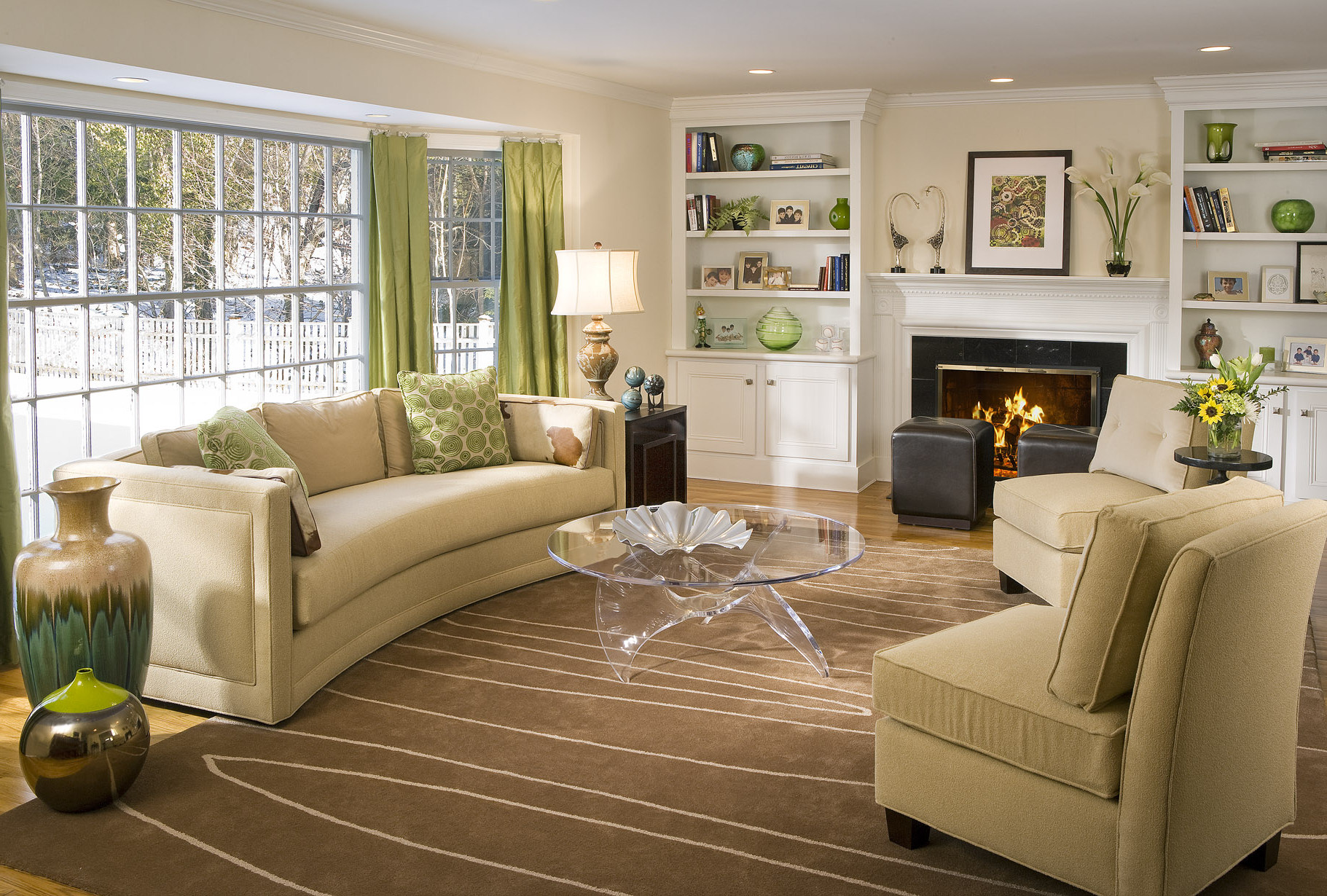 When it comes to designing your living room, one of the most important elements to consider is color. Choosing the right colors can make all the difference in creating a space that is both visually appealing and welcoming. The colors you choose can enhance the overall design of your living room and set the tone for the rest of your house. Therefore, it is essential to carefully select the
best colors for living room
that will complement your personal style and create a harmonious atmosphere.
When it comes to designing your living room, one of the most important elements to consider is color. Choosing the right colors can make all the difference in creating a space that is both visually appealing and welcoming. The colors you choose can enhance the overall design of your living room and set the tone for the rest of your house. Therefore, it is essential to carefully select the
best colors for living room
that will complement your personal style and create a harmonious atmosphere.
Creating a Sense of Balance and Harmony
 The right colors can have a significant impact on the overall mood and atmosphere of a room. For your living room, it is important to create a sense of balance and harmony by choosing a color palette that works well together.
Neutral colors
such as beige, gray, and white are a popular choice for living rooms as they provide a blank canvas for other elements of the room to stand out. These colors also create a sense of calm and can make a small or dark room appear more spacious and bright.
The right colors can have a significant impact on the overall mood and atmosphere of a room. For your living room, it is important to create a sense of balance and harmony by choosing a color palette that works well together.
Neutral colors
such as beige, gray, and white are a popular choice for living rooms as they provide a blank canvas for other elements of the room to stand out. These colors also create a sense of calm and can make a small or dark room appear more spacious and bright.
Adding a Pop of Color
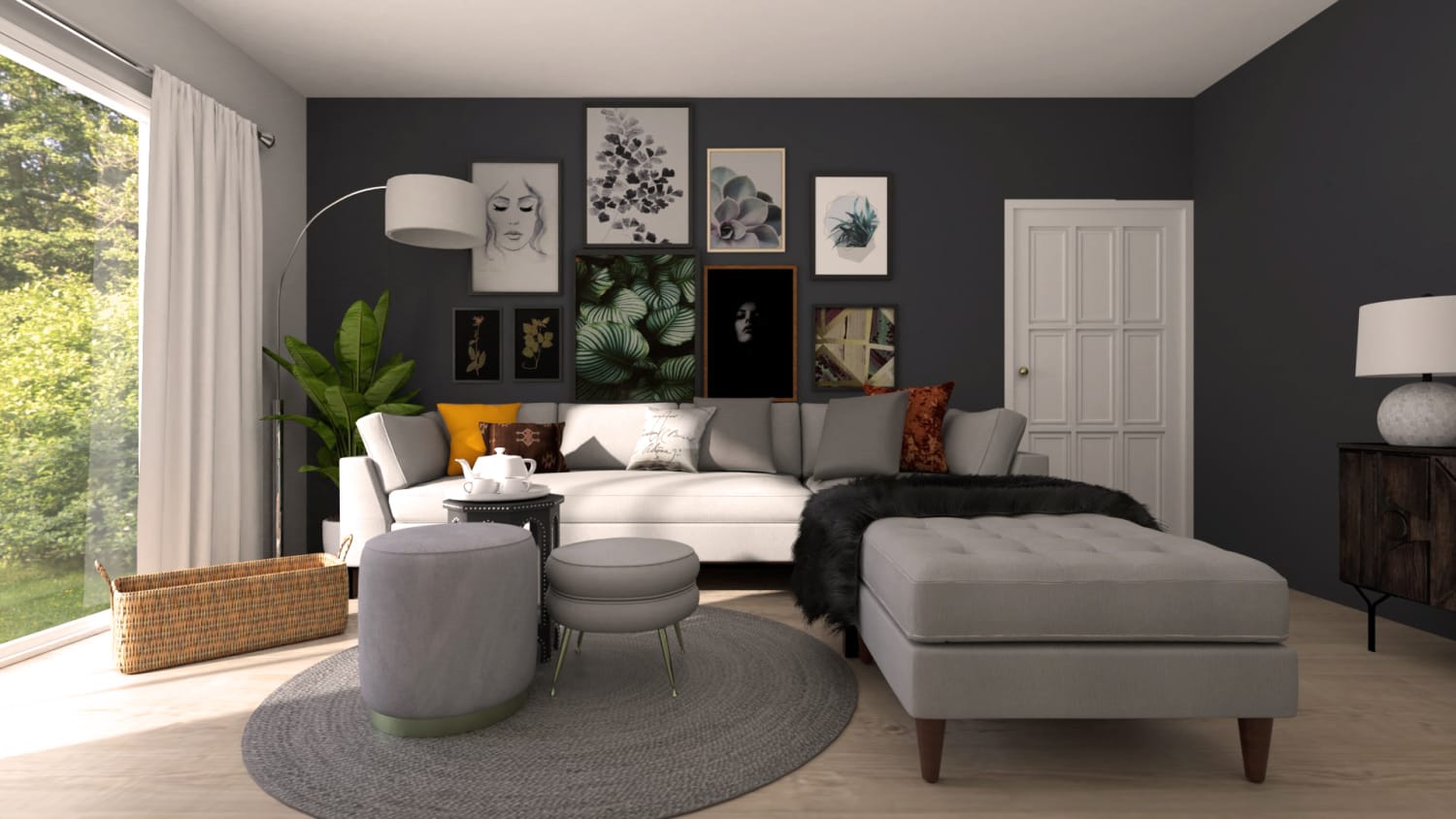 While neutral colors are a safe choice, adding a pop of color can bring life and personality to your living room.
Warm colors
such as red, orange, and yellow can create a cozy and inviting atmosphere, perfect for a family room. On the other hand,
cool colors
like blue, green, and purple can create a more serene and tranquil environment, ideal for a reading or relaxation space. When selecting a bold color, it is essential to balance it with more neutral tones to avoid overwhelming the room.
While neutral colors are a safe choice, adding a pop of color can bring life and personality to your living room.
Warm colors
such as red, orange, and yellow can create a cozy and inviting atmosphere, perfect for a family room. On the other hand,
cool colors
like blue, green, and purple can create a more serene and tranquil environment, ideal for a reading or relaxation space. When selecting a bold color, it is essential to balance it with more neutral tones to avoid overwhelming the room.
Consider the Lighting
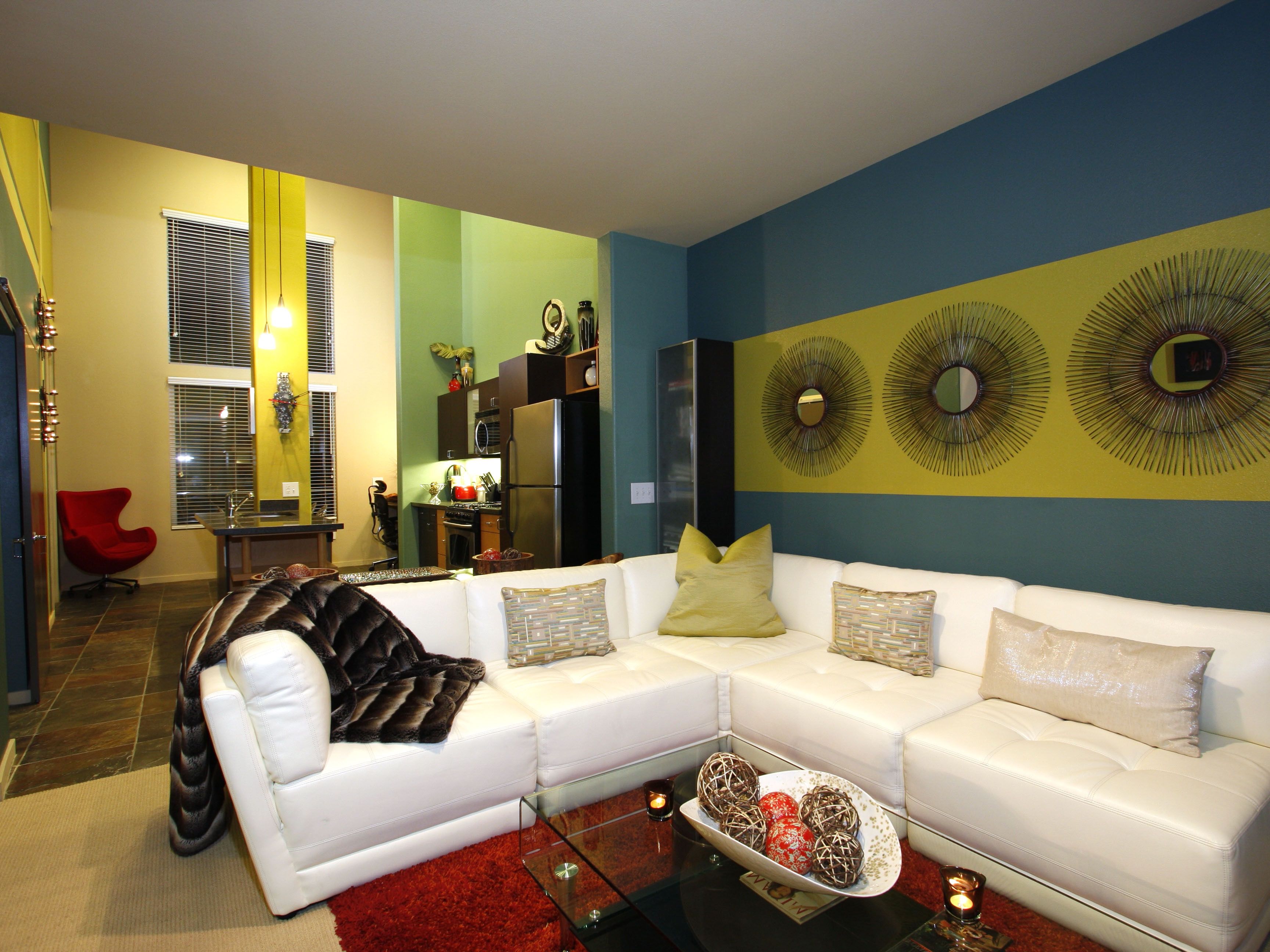 Another crucial factor to keep in mind when choosing the
best colors for your living room
is the lighting. Natural light can change the appearance of colors throughout the day, so it is essential to test your chosen colors in different lighting conditions before making a final decision. Additionally, artificial lighting can also affect the color of your walls, so consider the type and placement of your lighting fixtures when selecting your color palette.
In conclusion, the
best colors for living room
are those that create a sense of balance, harmony, and reflect your personal style. By carefully selecting your color palette and considering factors such as lighting, you can create a welcoming and visually appealing living room that is perfect for relaxing, entertaining, and spending time with loved ones. So, take your time, experiment with different colors, and find the perfect combination for your living room.
Another crucial factor to keep in mind when choosing the
best colors for your living room
is the lighting. Natural light can change the appearance of colors throughout the day, so it is essential to test your chosen colors in different lighting conditions before making a final decision. Additionally, artificial lighting can also affect the color of your walls, so consider the type and placement of your lighting fixtures when selecting your color palette.
In conclusion, the
best colors for living room
are those that create a sense of balance, harmony, and reflect your personal style. By carefully selecting your color palette and considering factors such as lighting, you can create a welcoming and visually appealing living room that is perfect for relaxing, entertaining, and spending time with loved ones. So, take your time, experiment with different colors, and find the perfect combination for your living room.

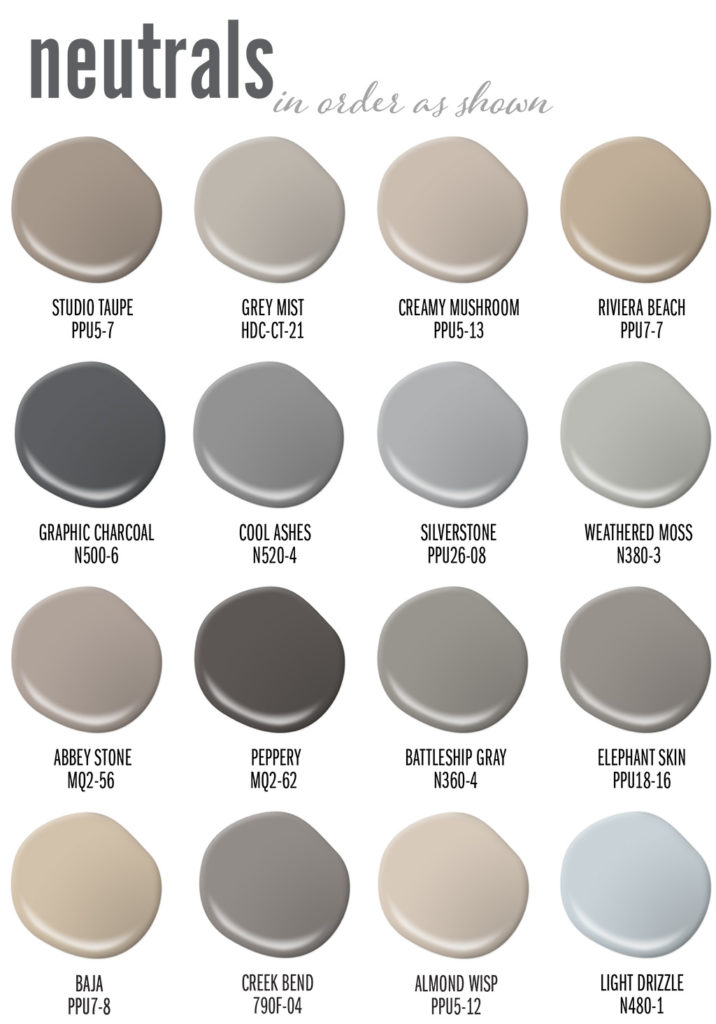

:max_bytes(150000):strip_icc()/what-is-a-neutral-color-1973822-03-3fab8b5a361d49638d3de1cbaf579a22.jpg)
/Lee-Edwards-Getty-Images-56a5ae653df78cf7728968ec.jpg)


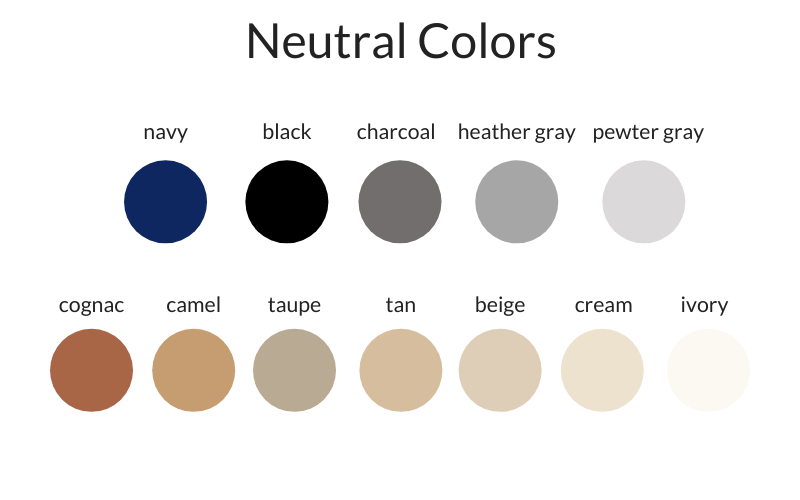
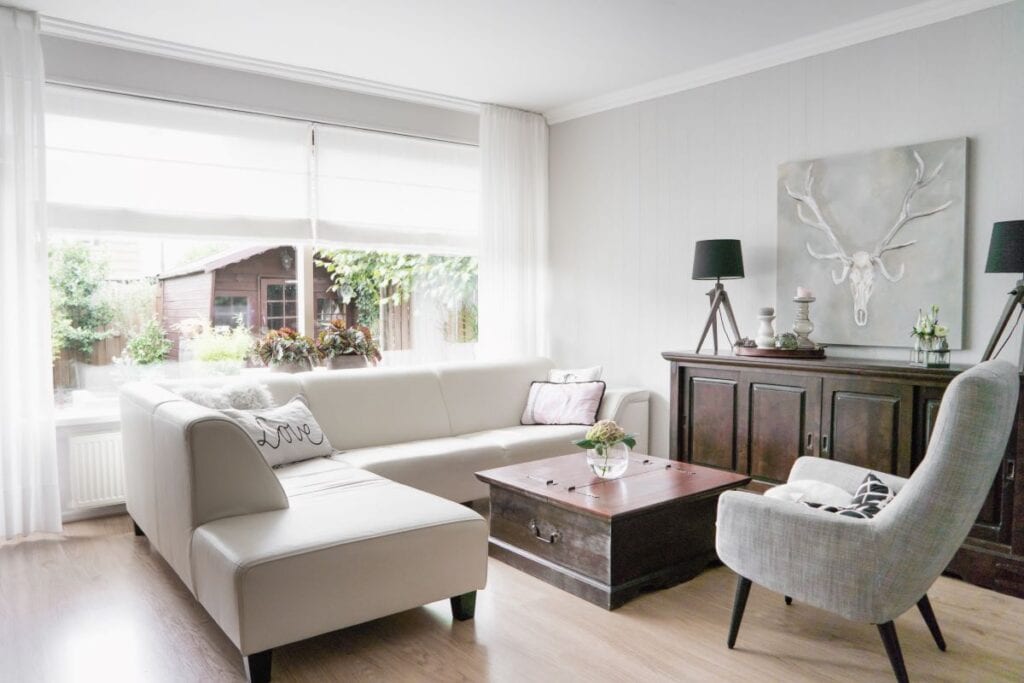
/clark_Kensington_neutrals-57db7f2e5f9b5865164b7baa.png)
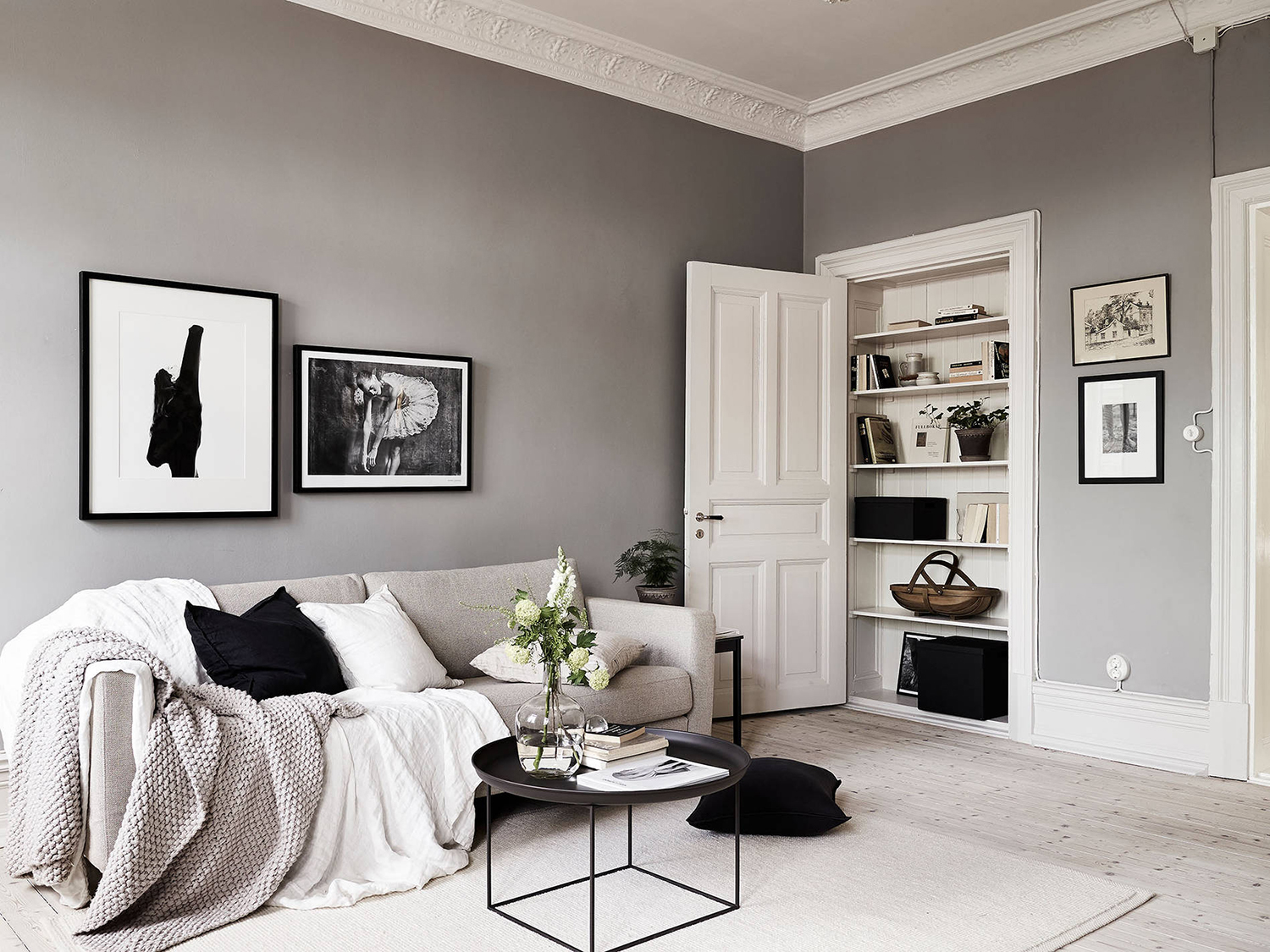






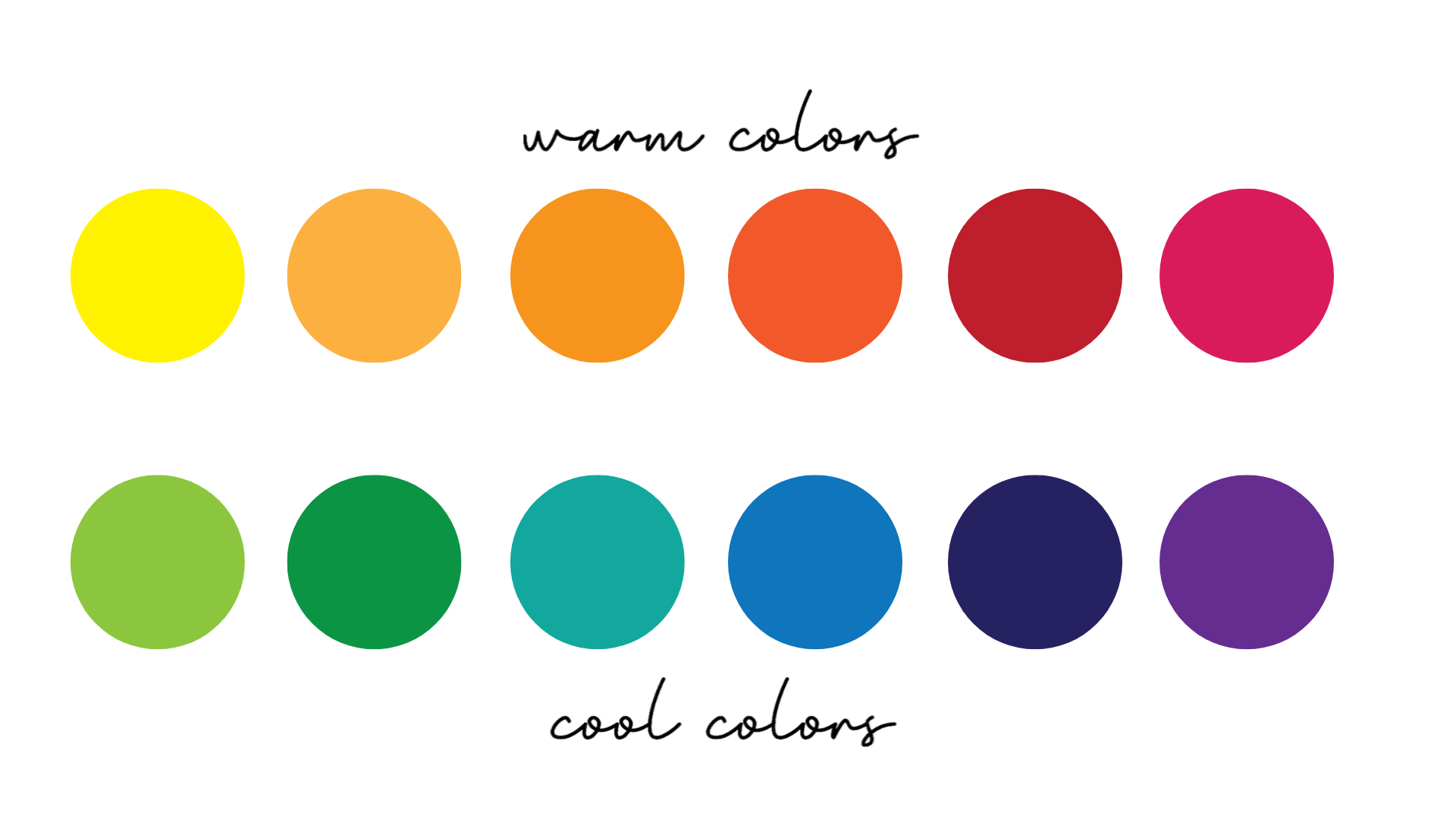
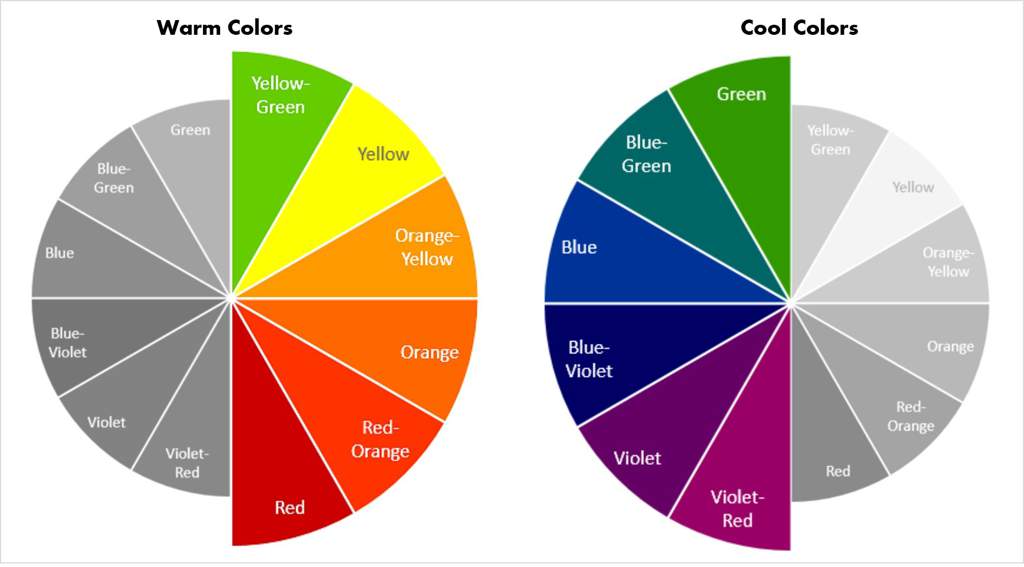

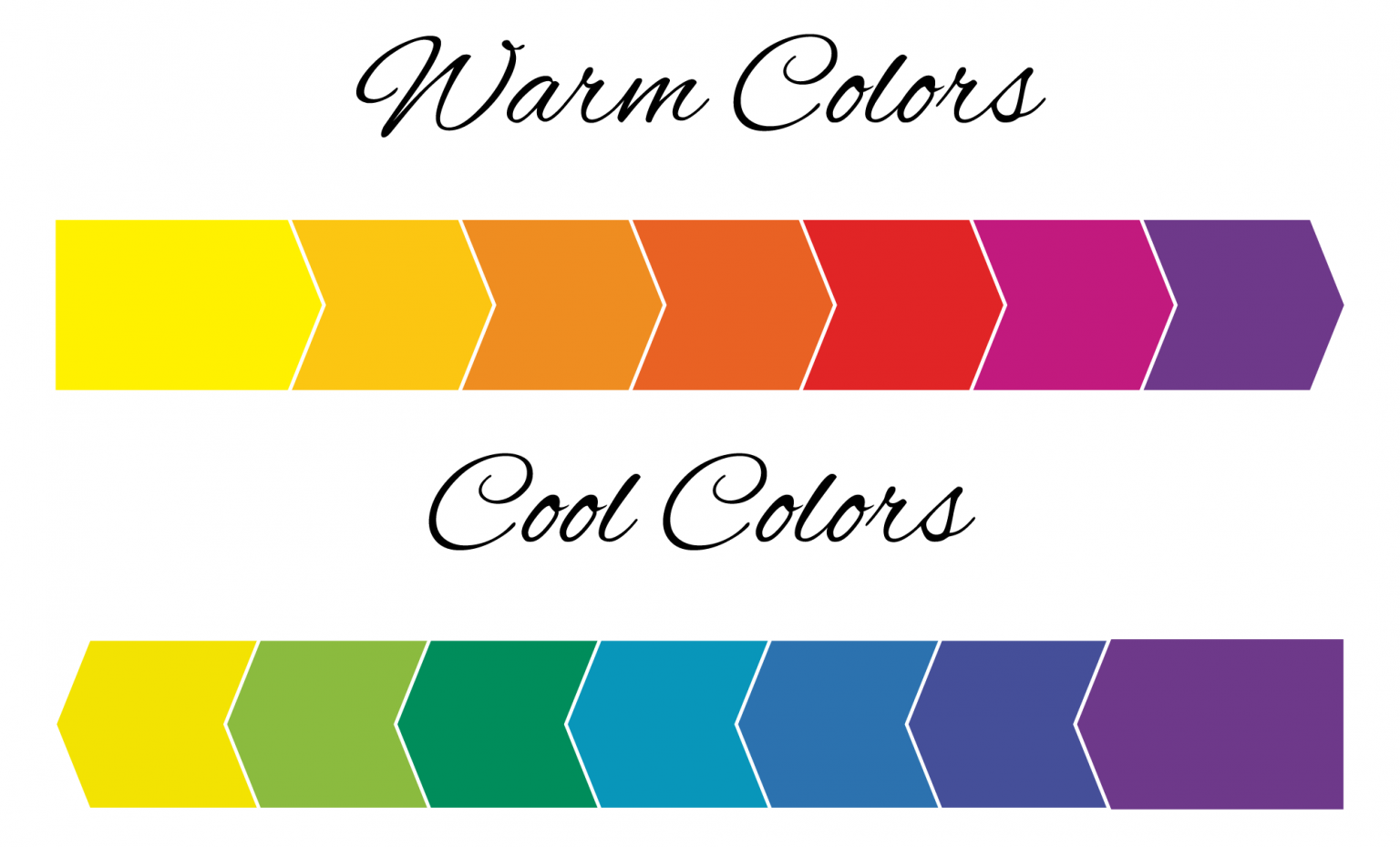
















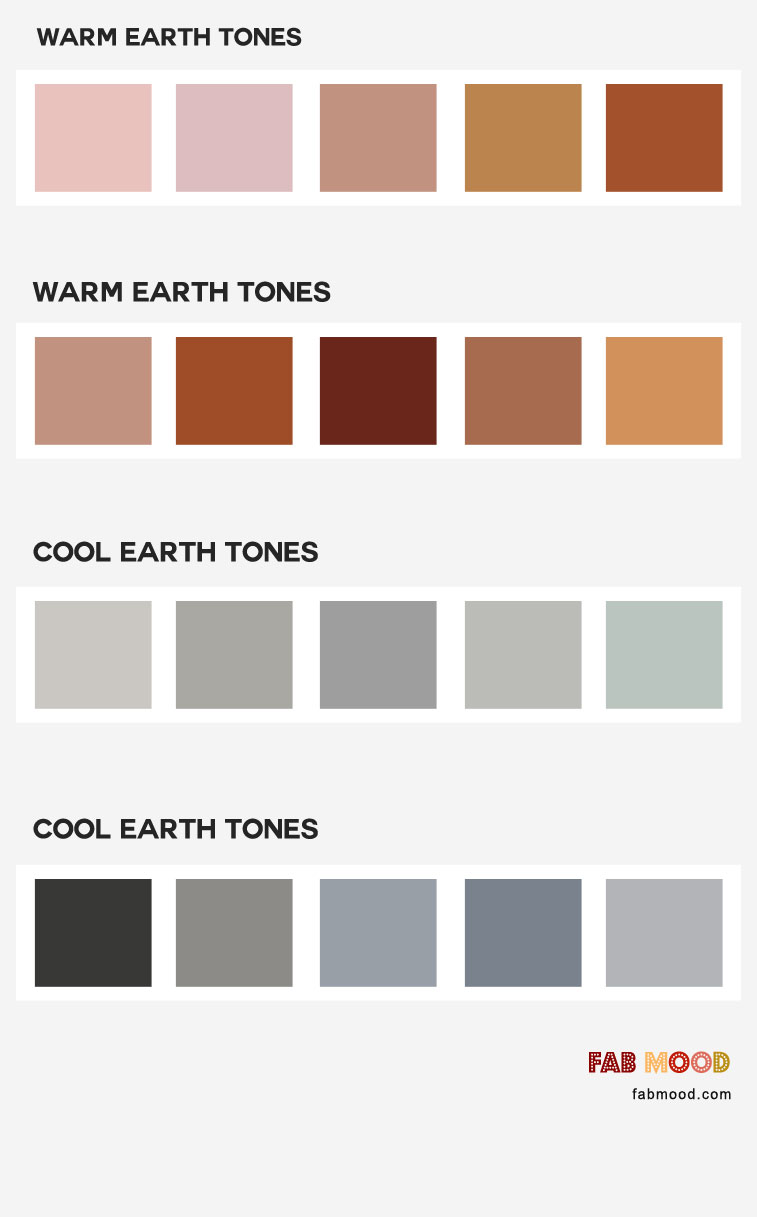




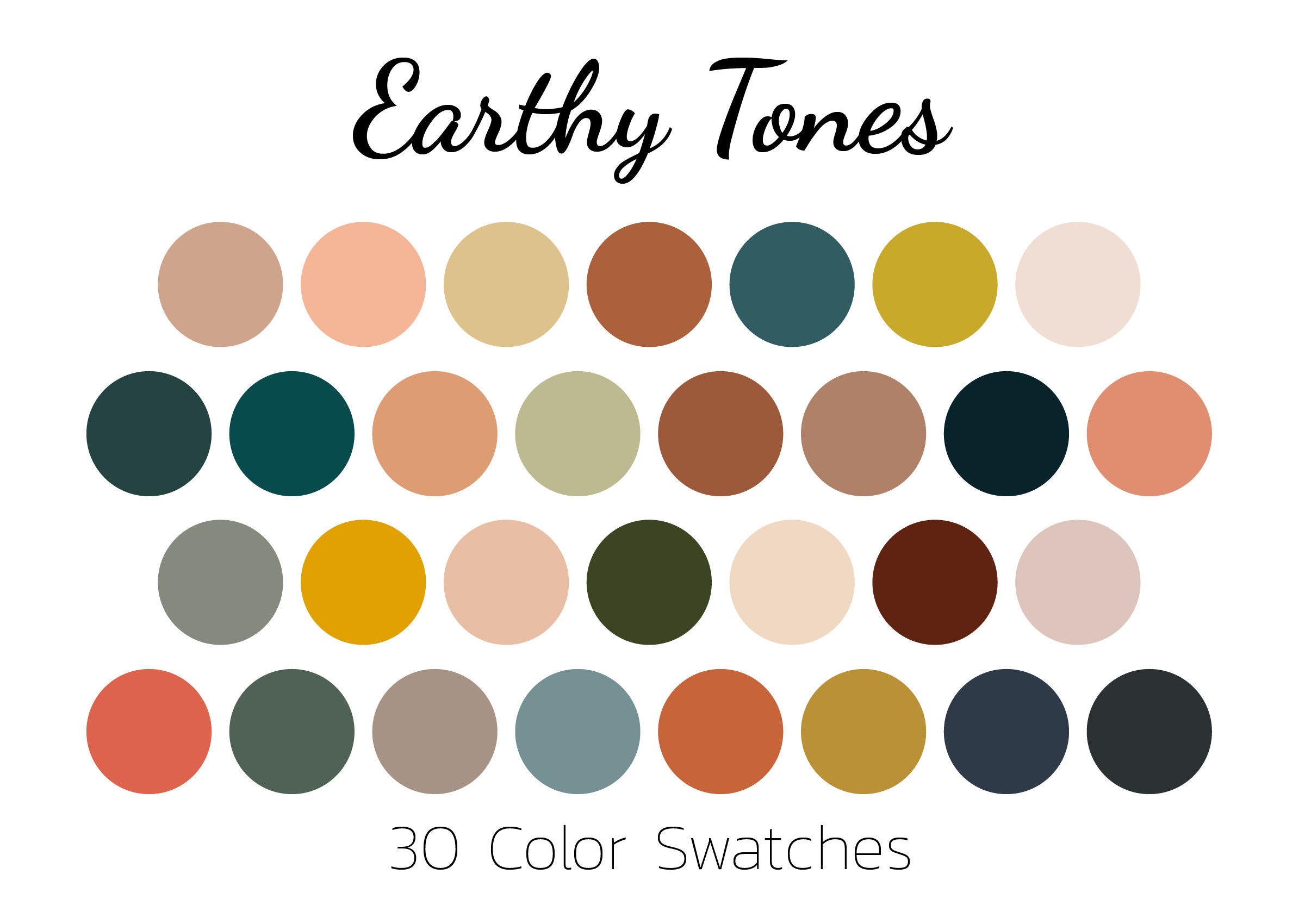

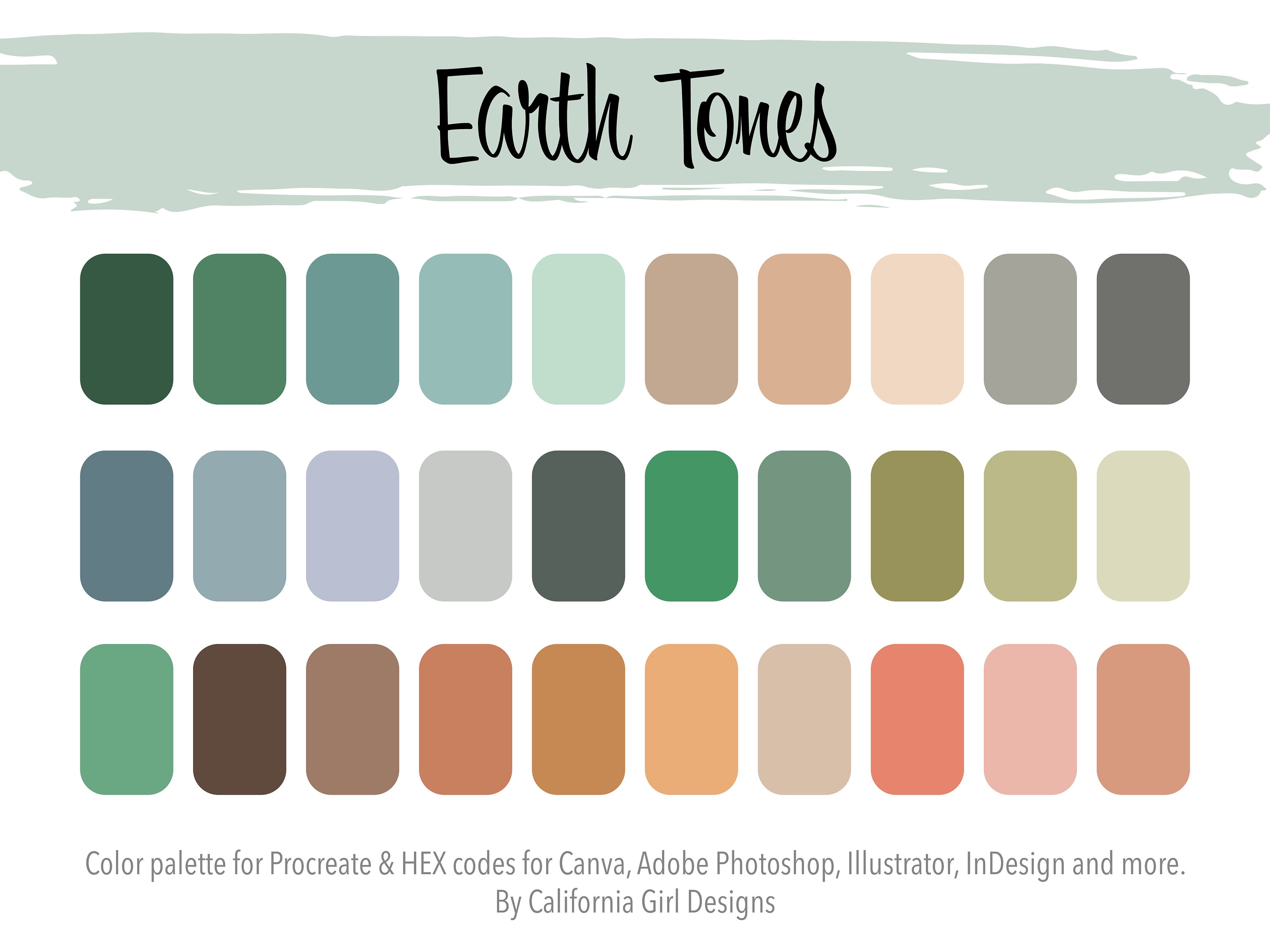





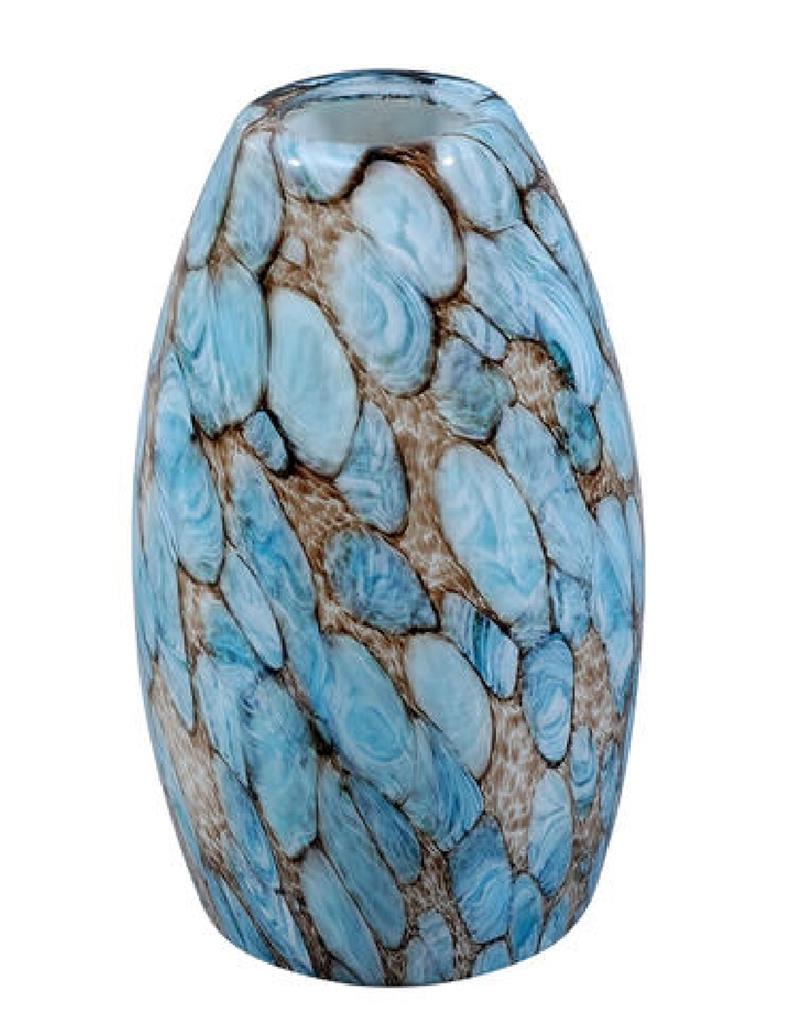
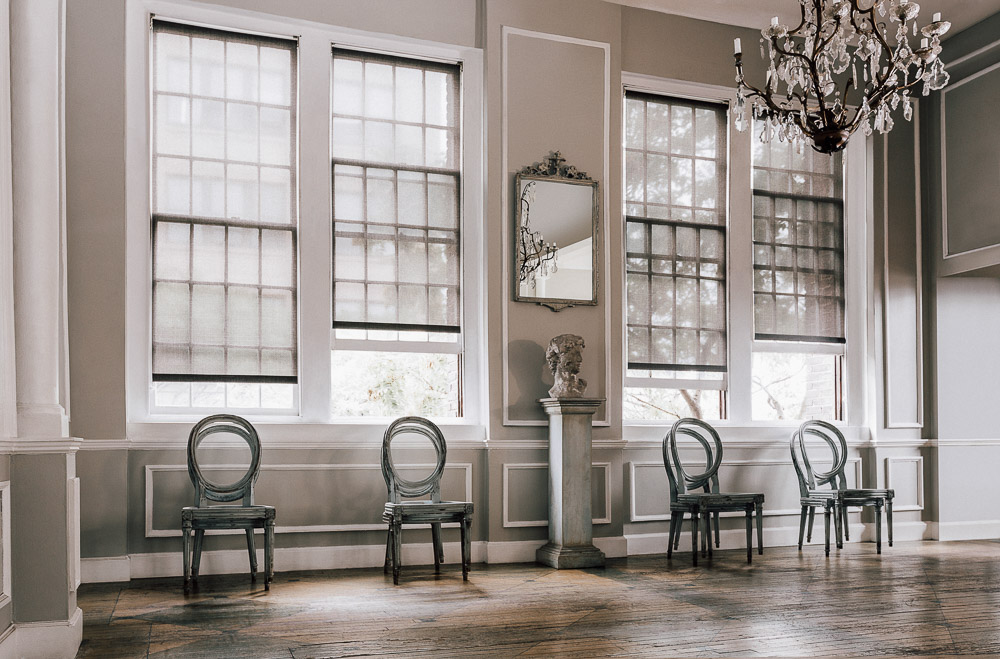
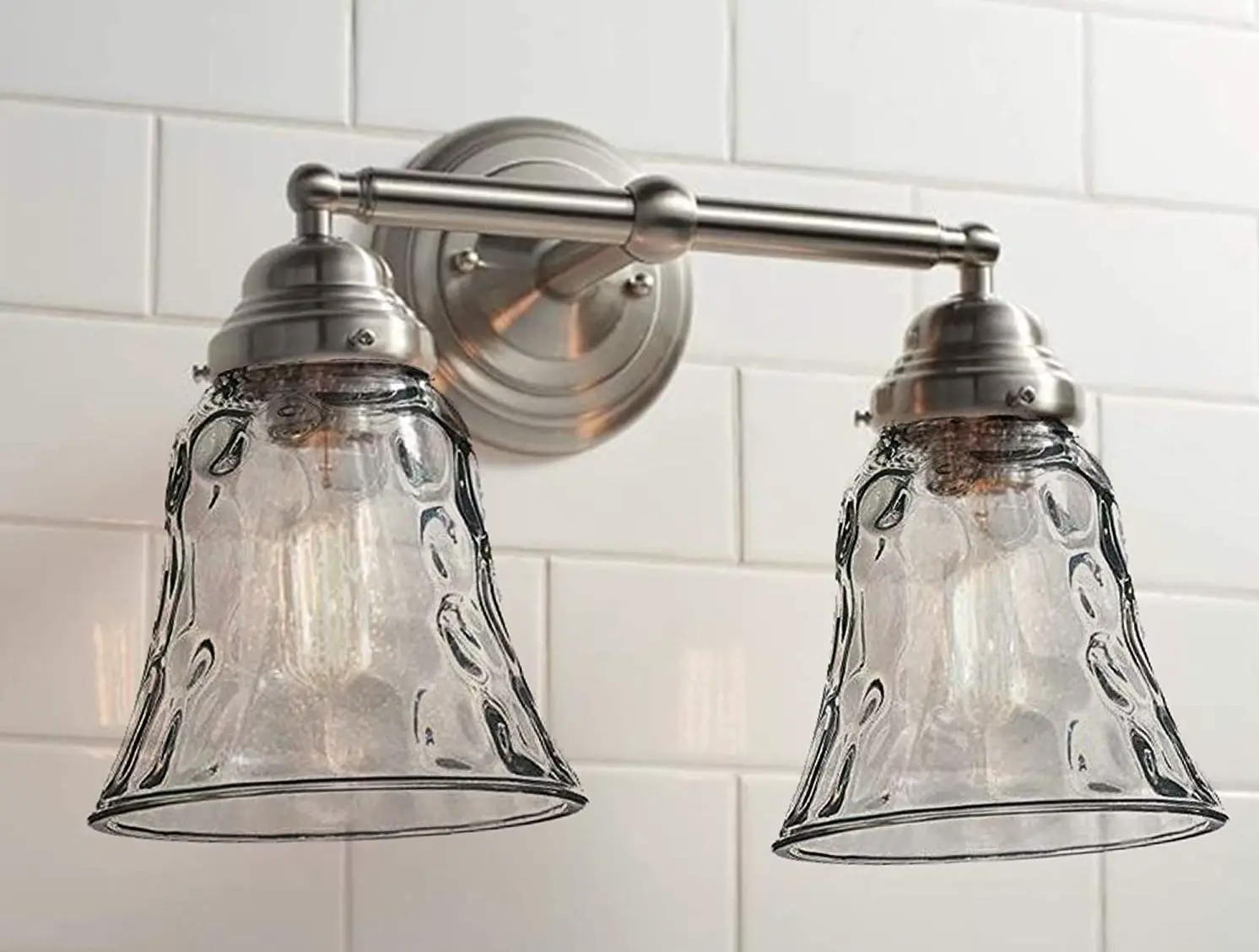




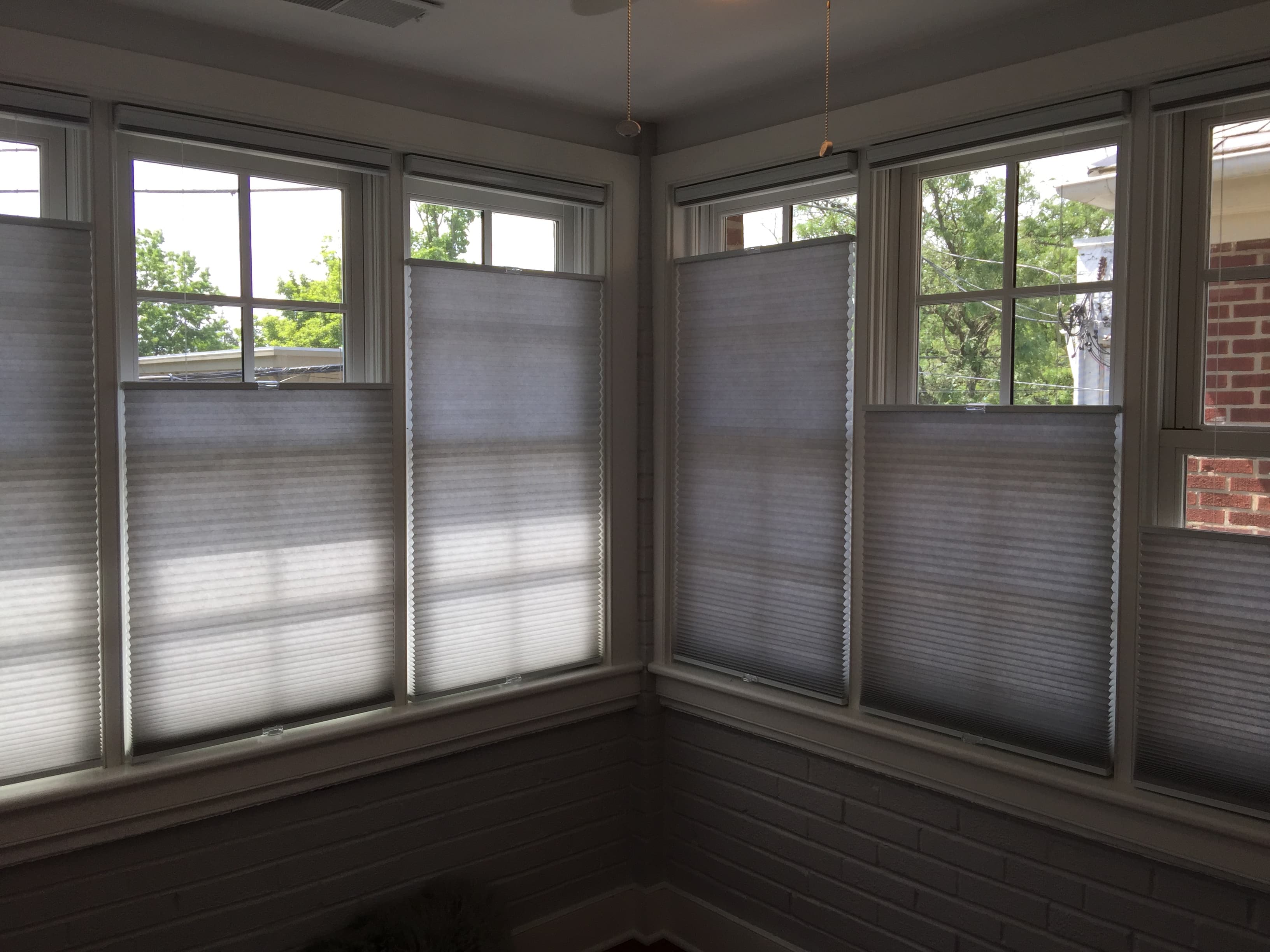
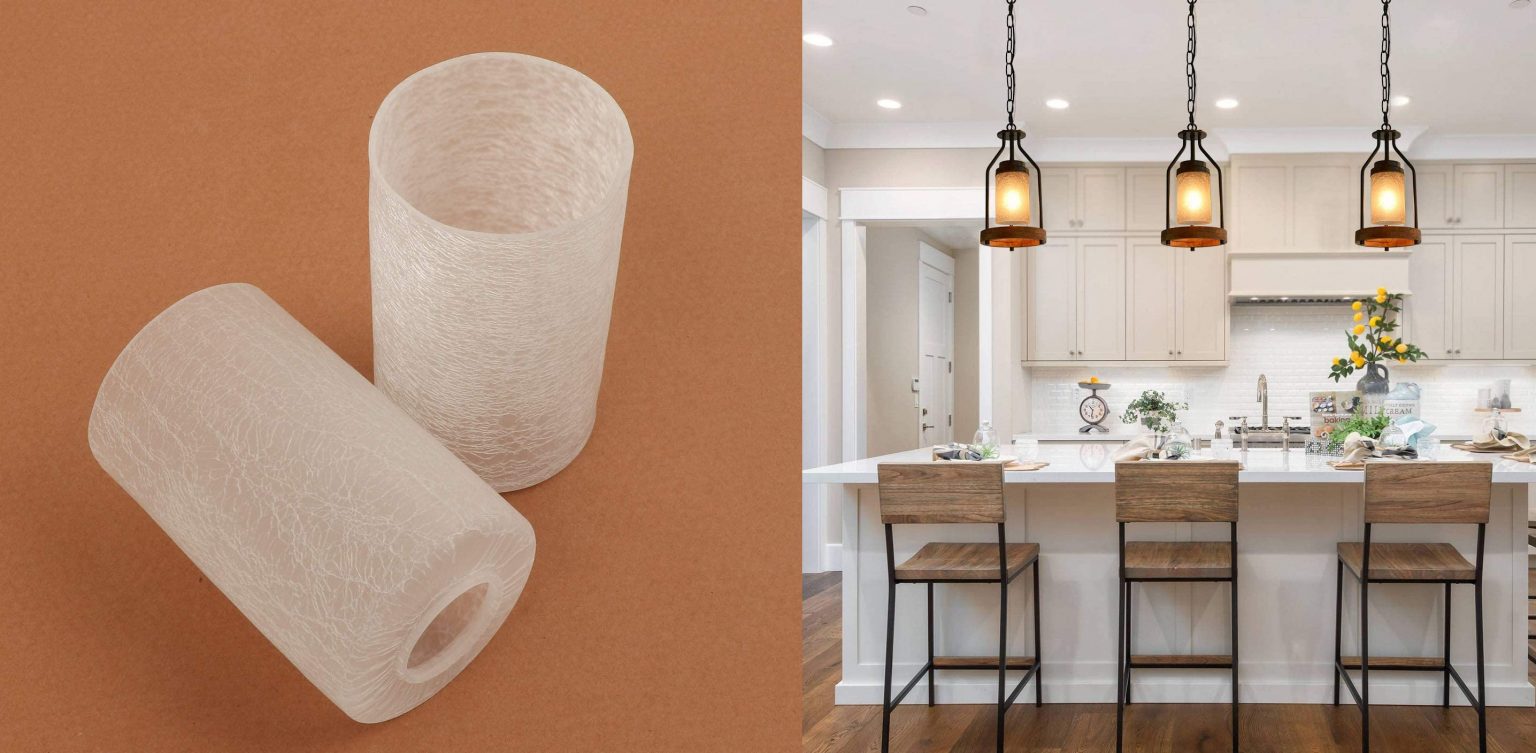














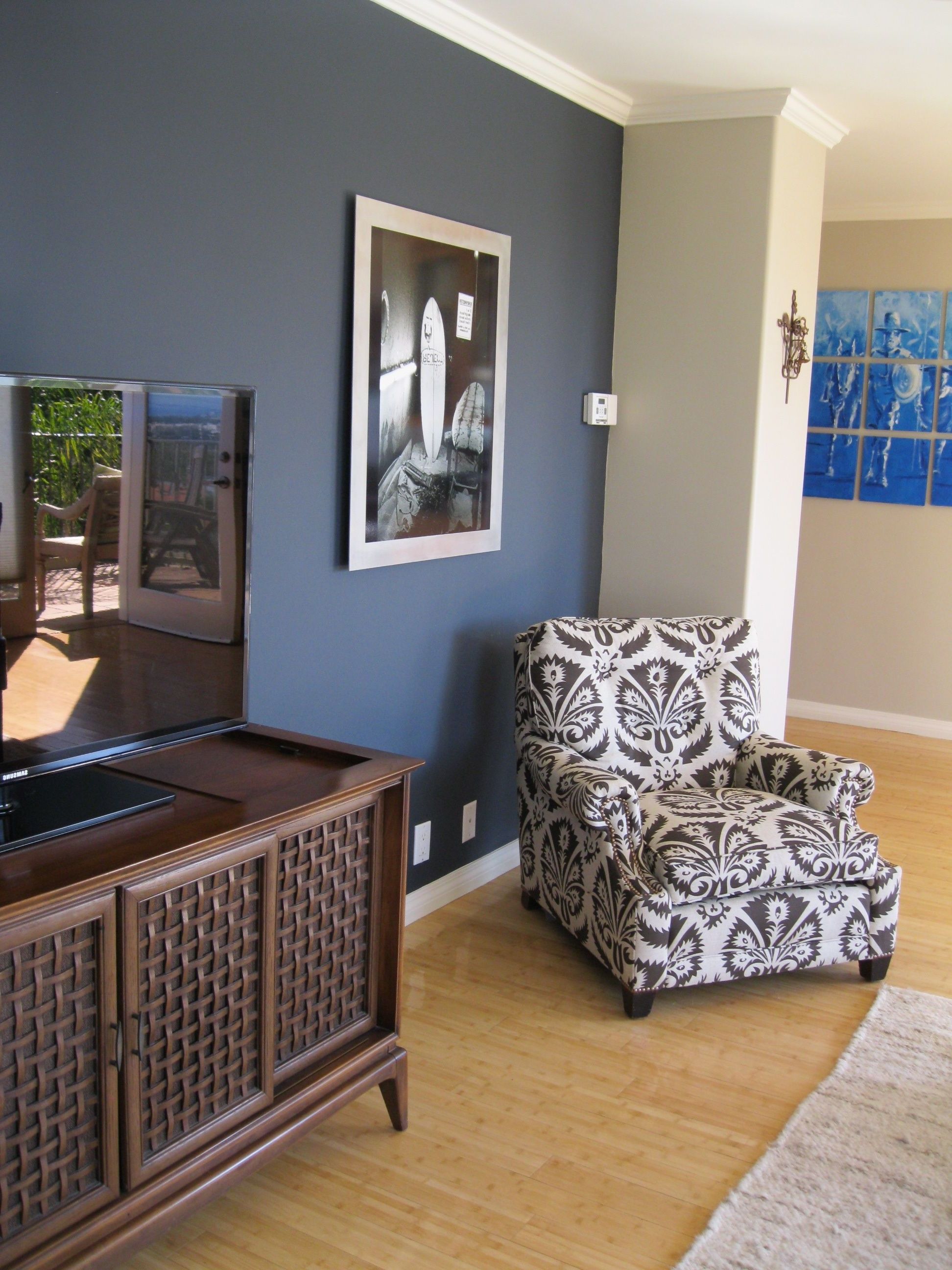


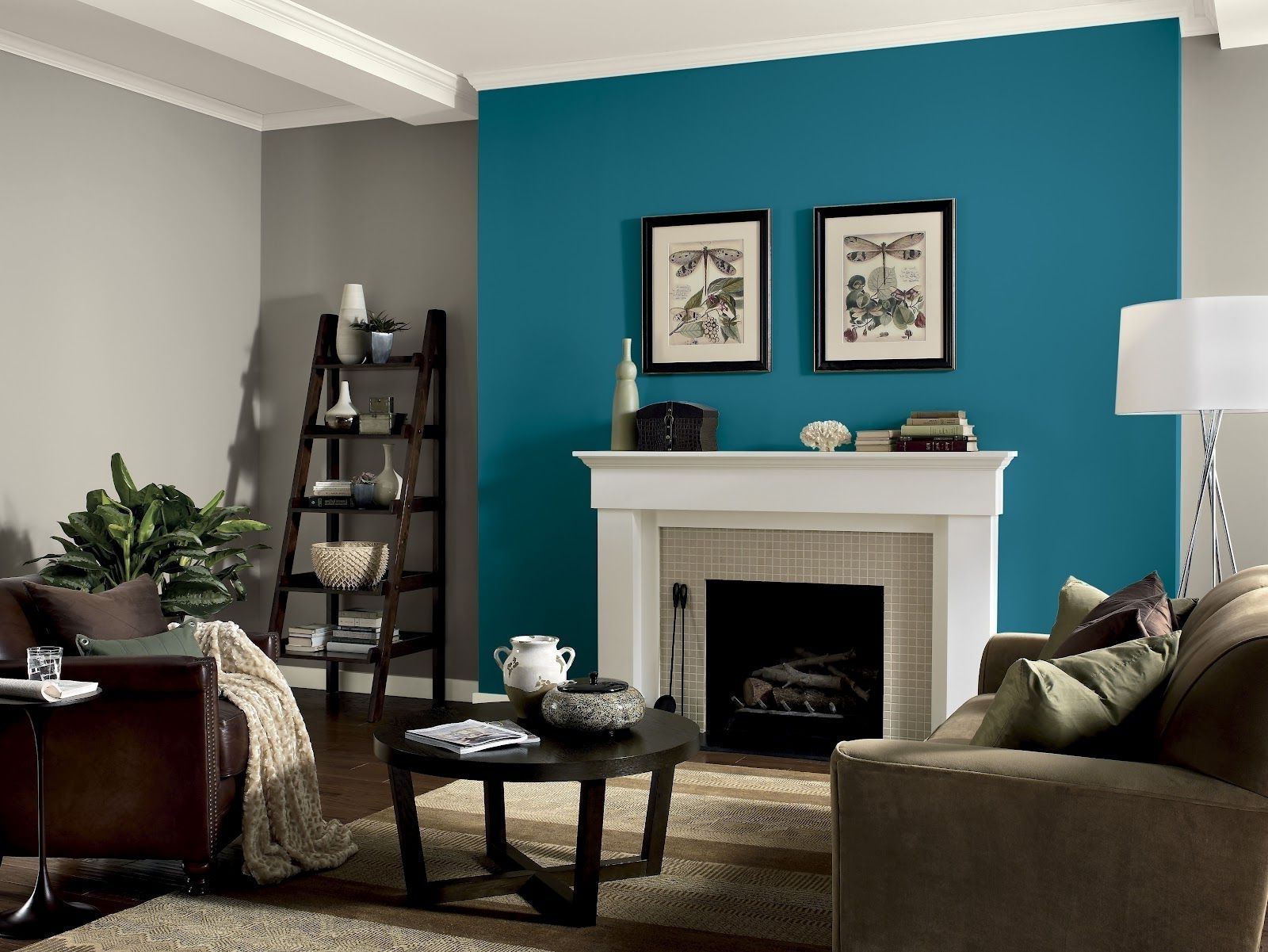
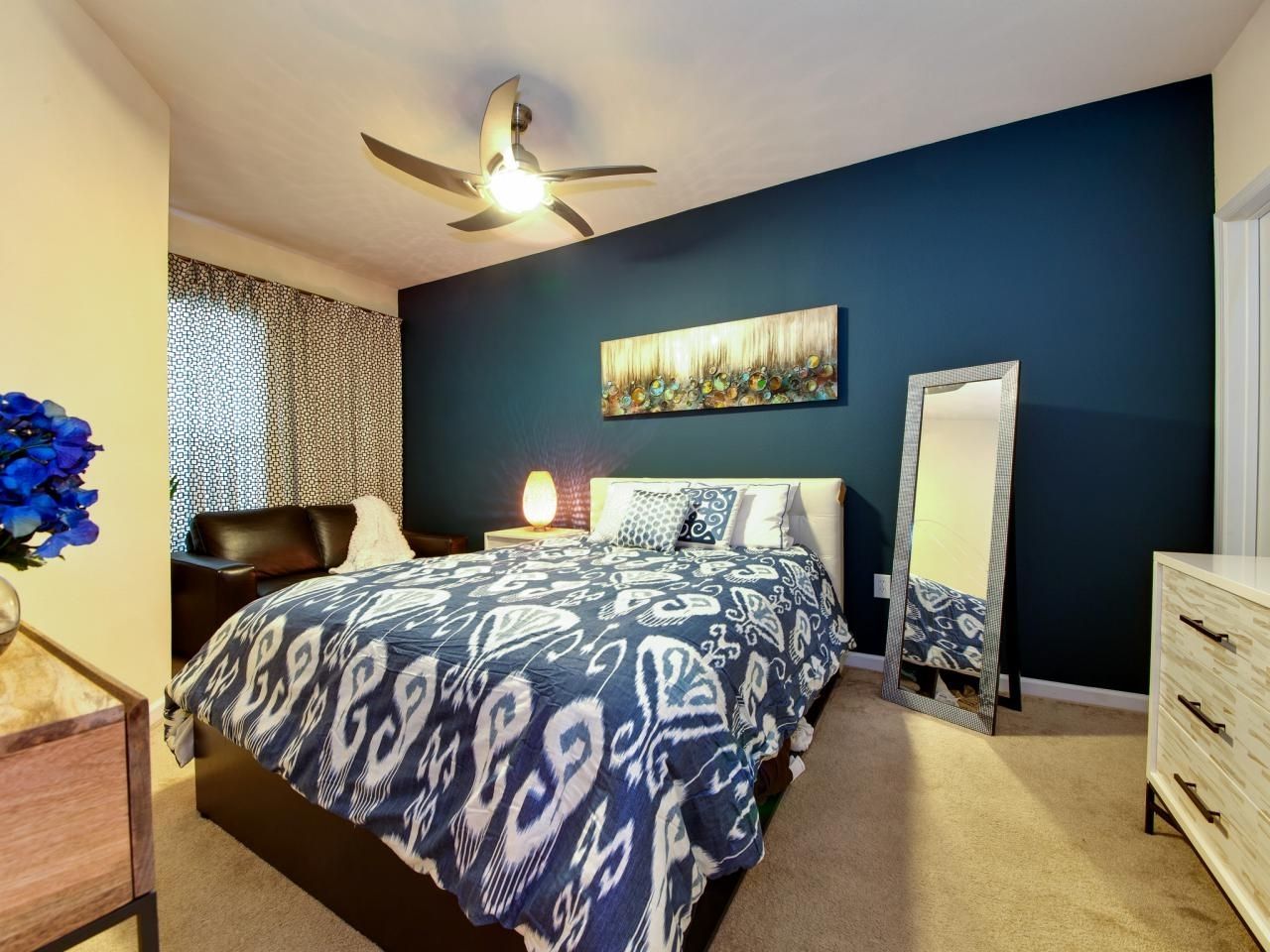
/accent-wall-58a6a5e75f9b58a3c9c80d2e.jpg)
:max_bytes(150000):strip_icc()/TraditionalDining-Purple-OA-56a192075f9b58b7d0c0bc59.jpg)
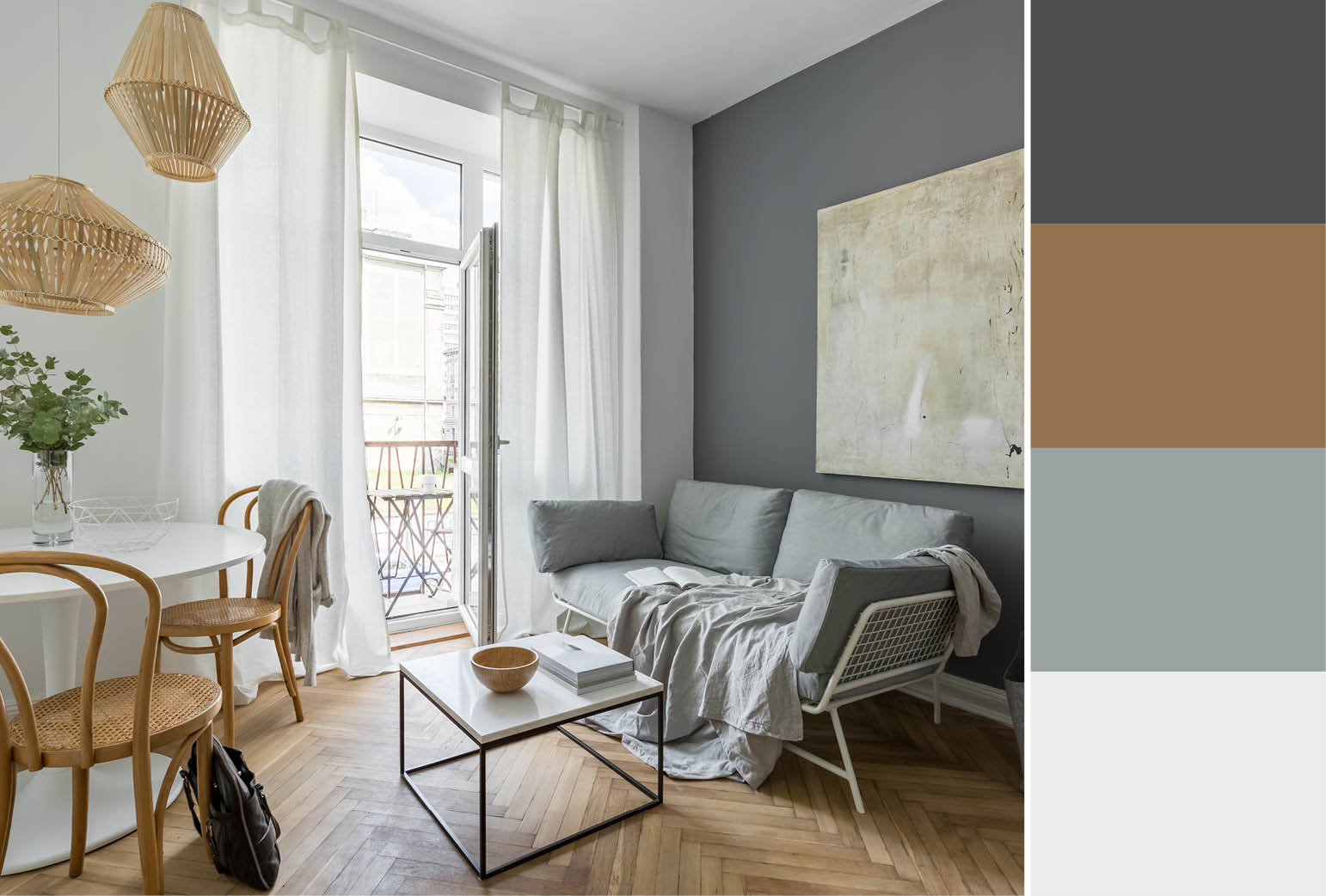
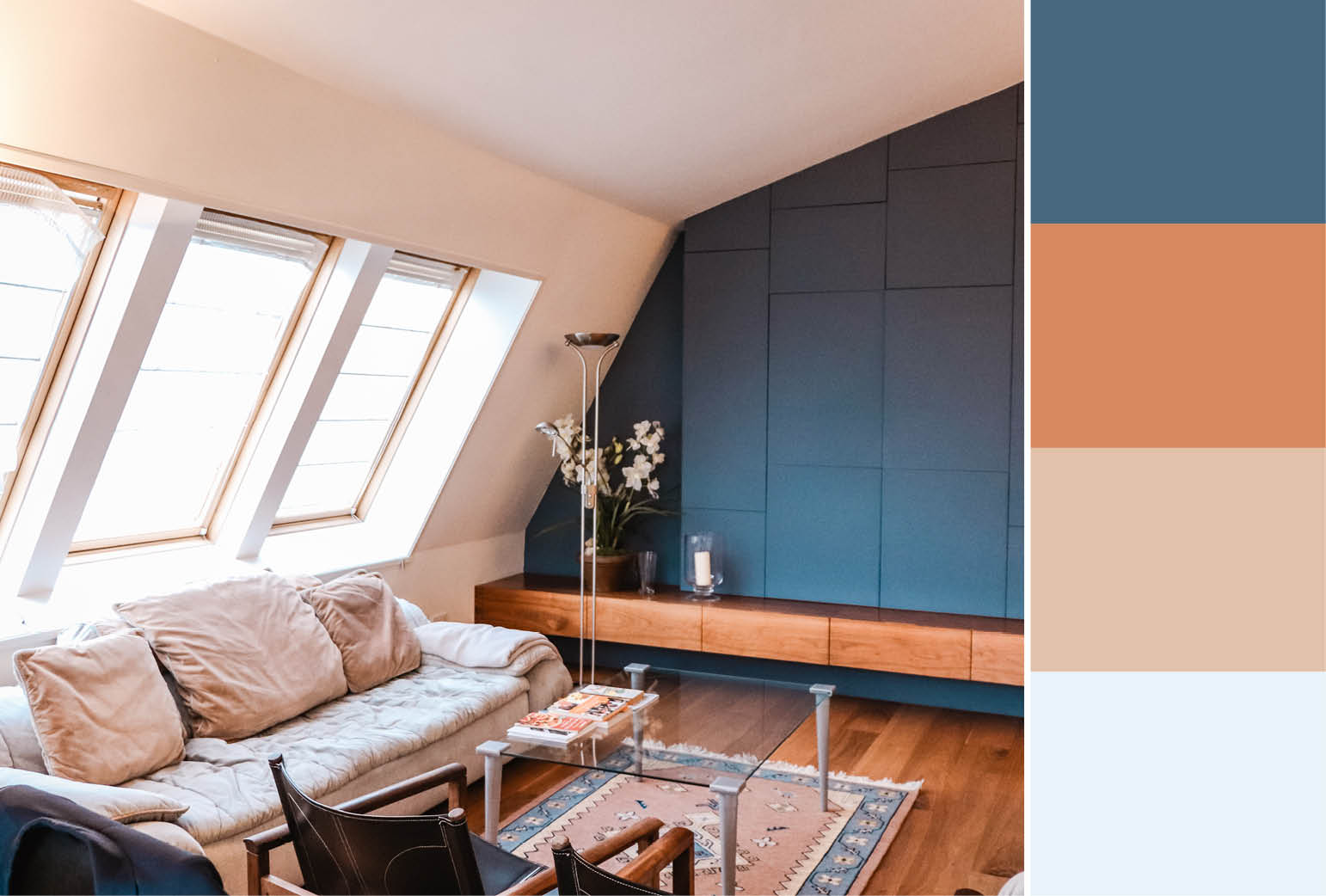
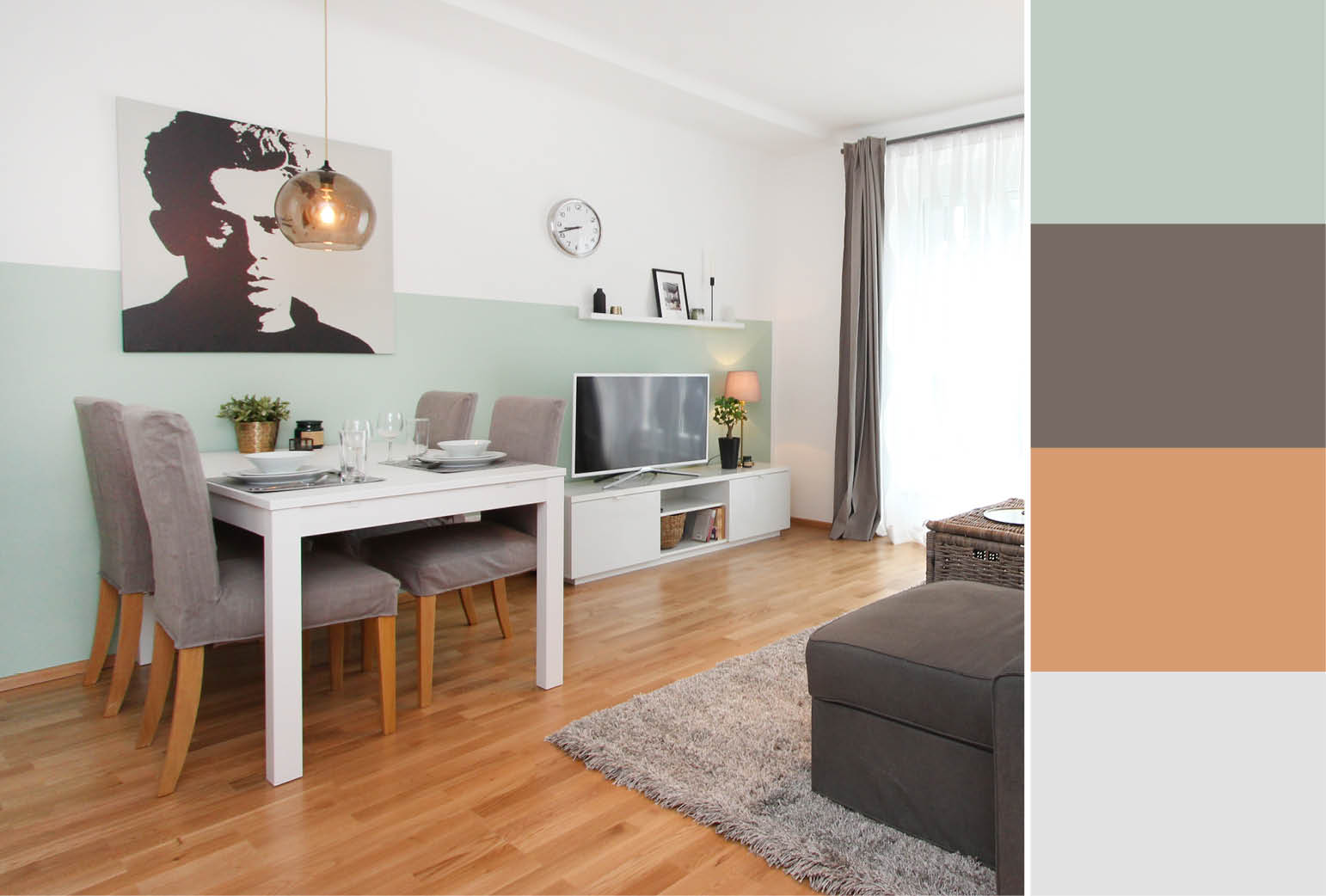
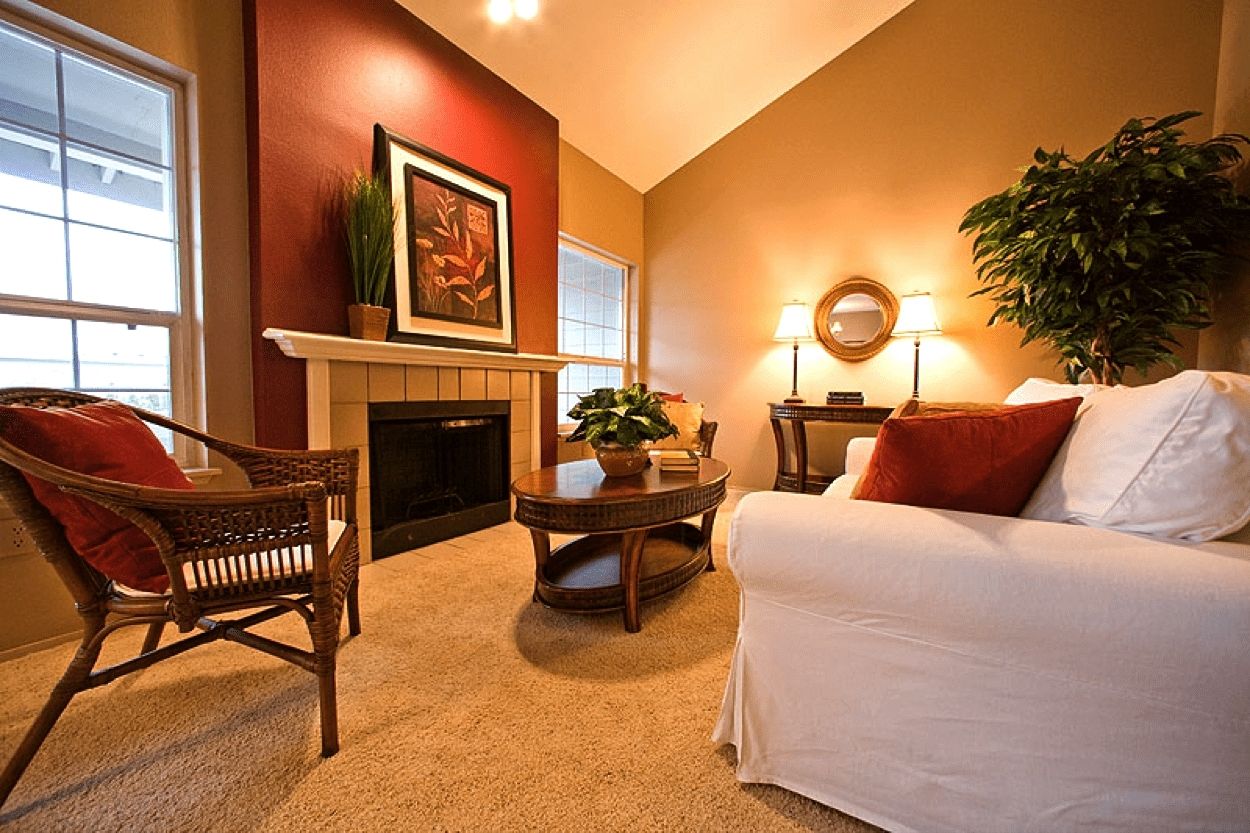
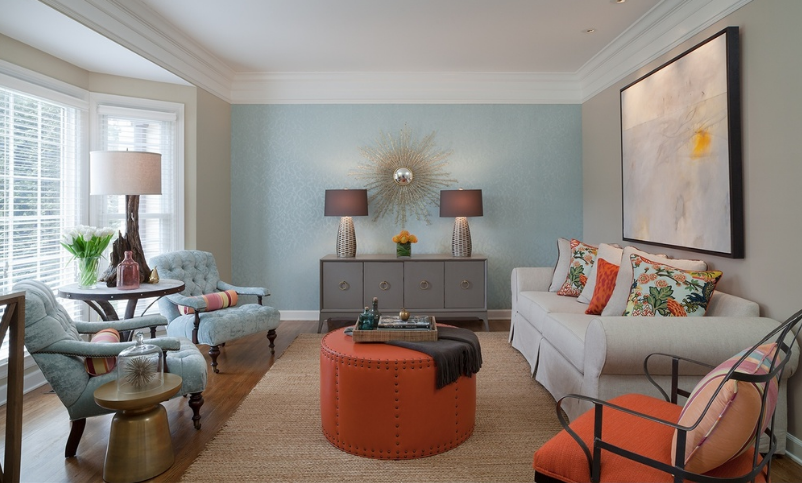

:max_bytes(150000):strip_icc()/monochromatic-rooms-7-87cd61d3c85644ef97dd727e9c0f9506.jpg)







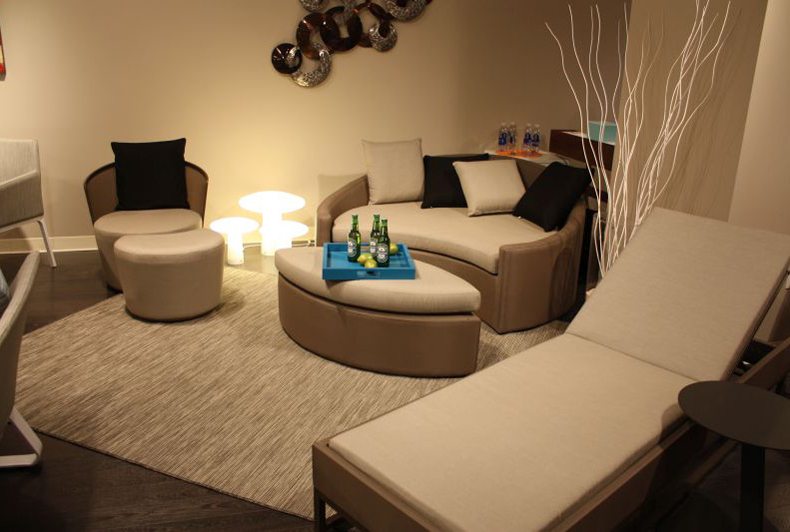
/Lista_complementarios-56a6e6cb3df78cf77290d98b.png)



